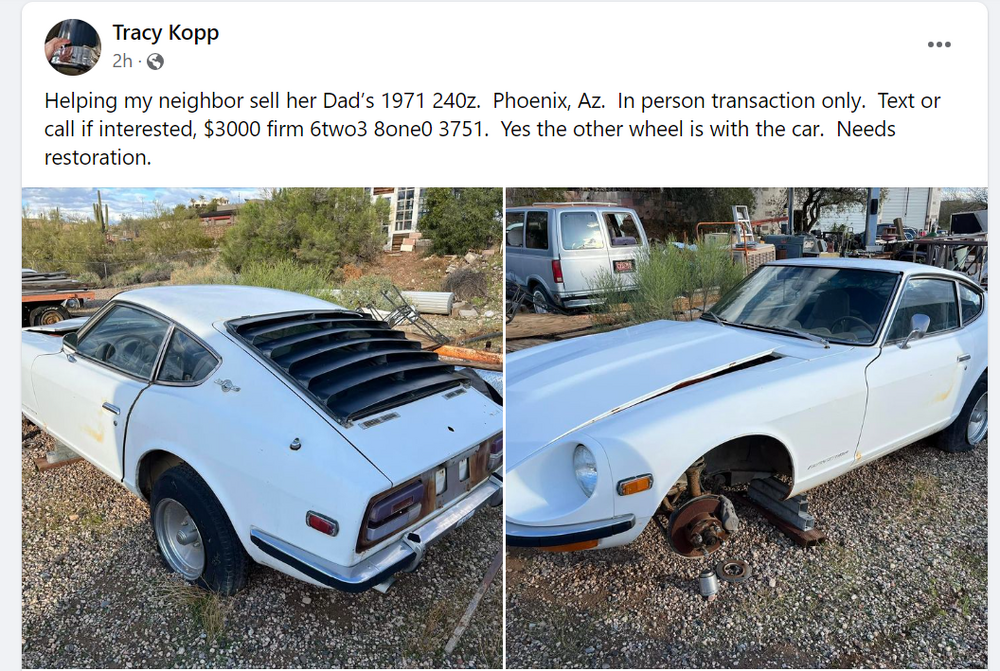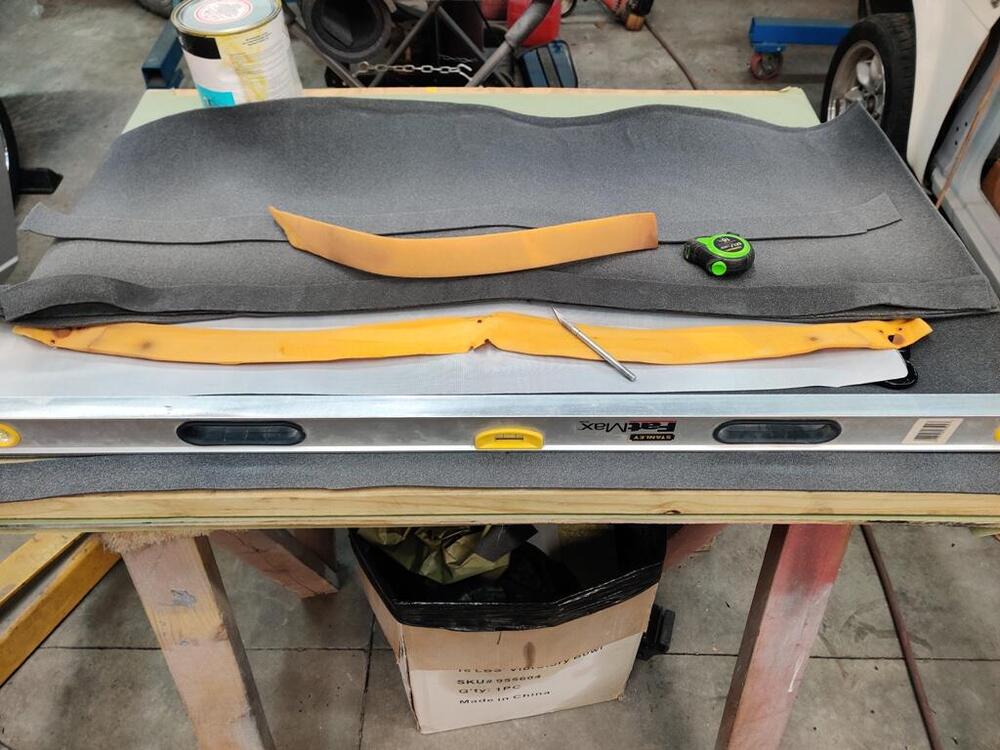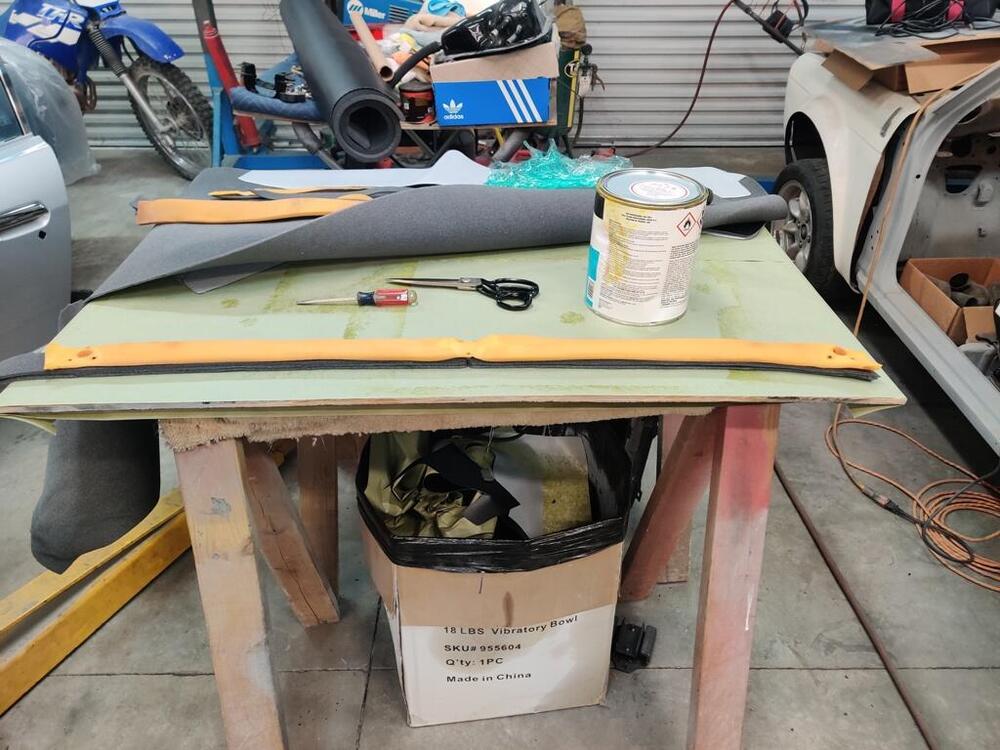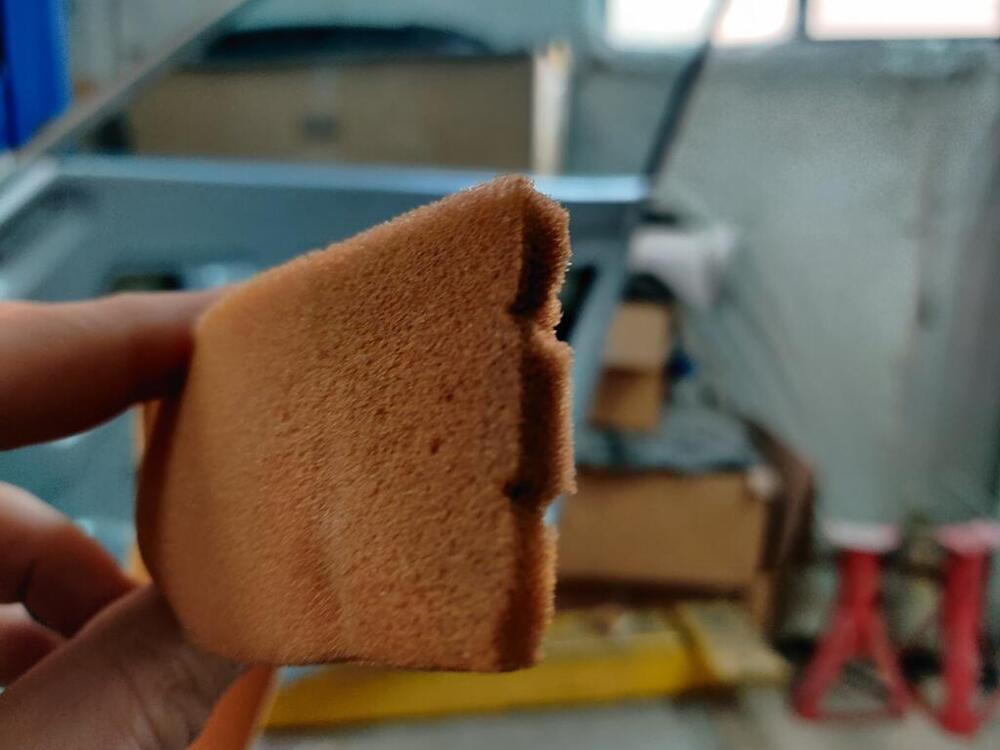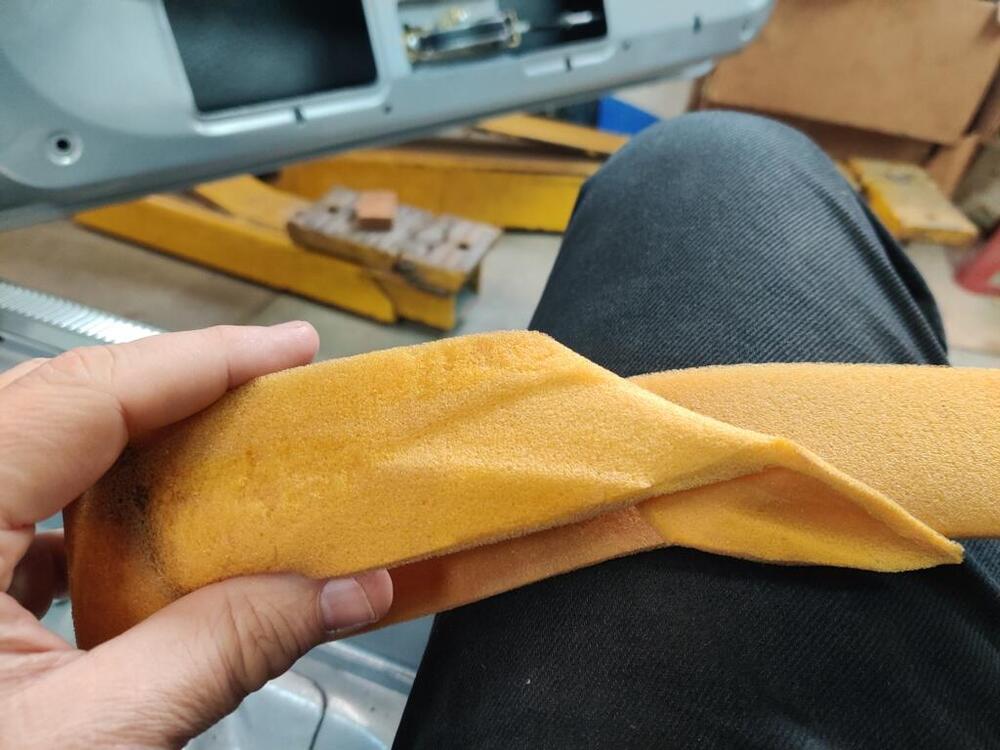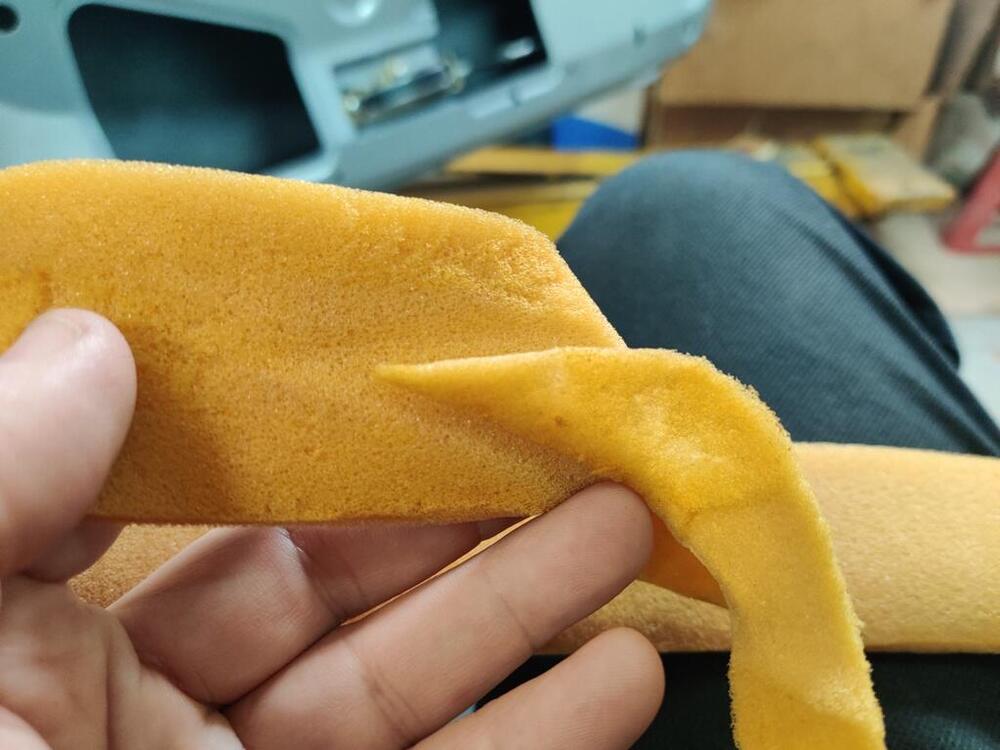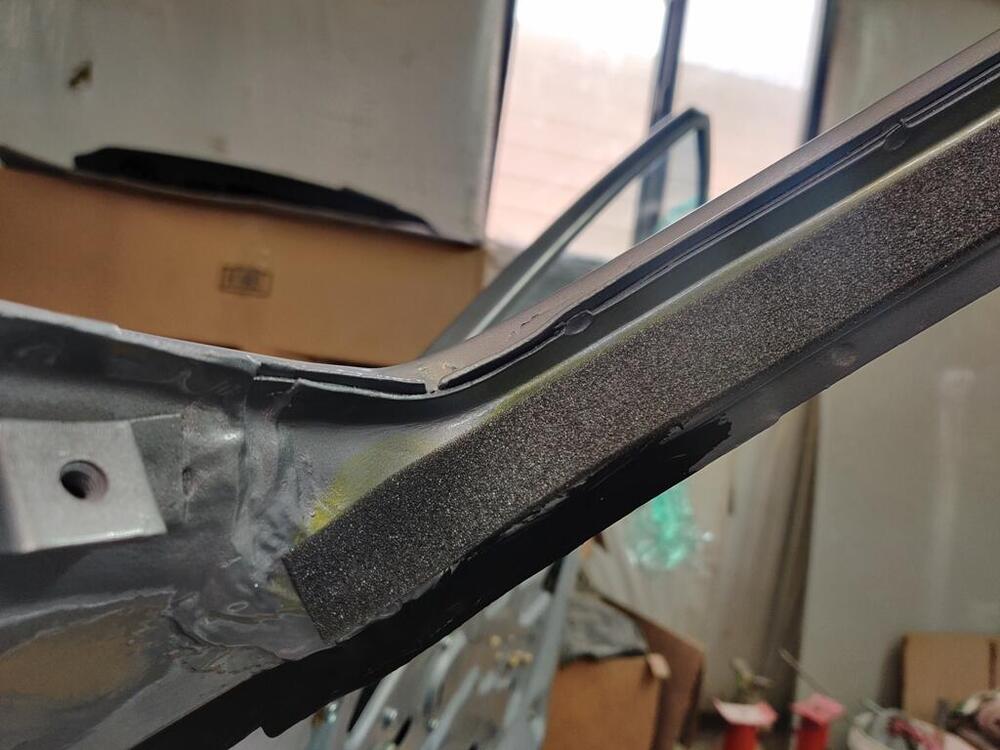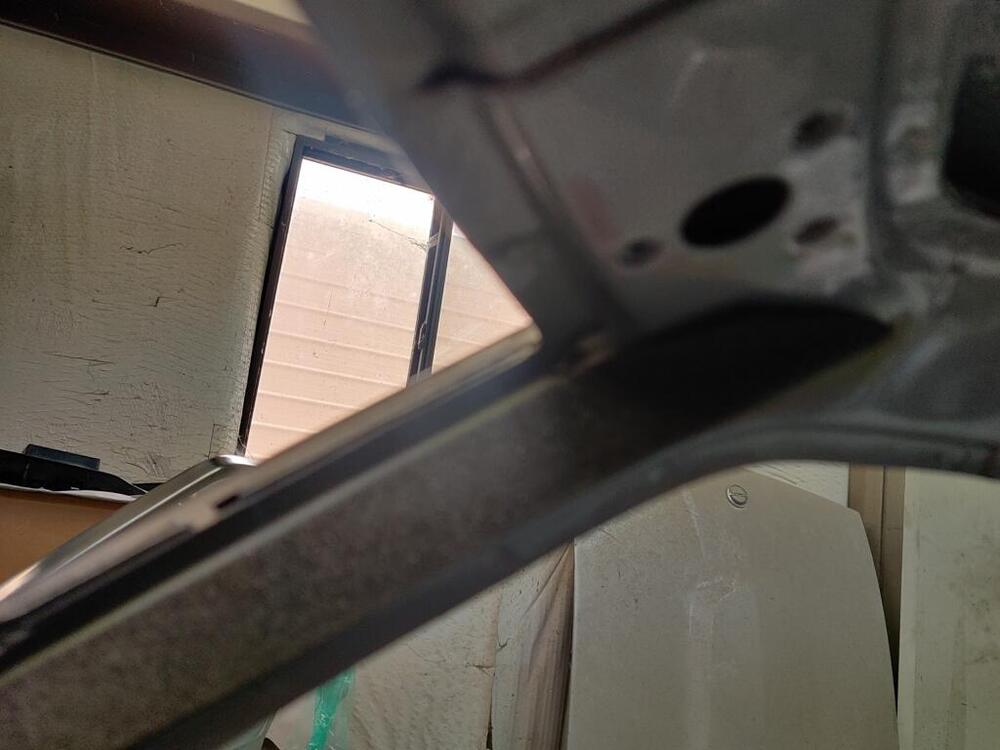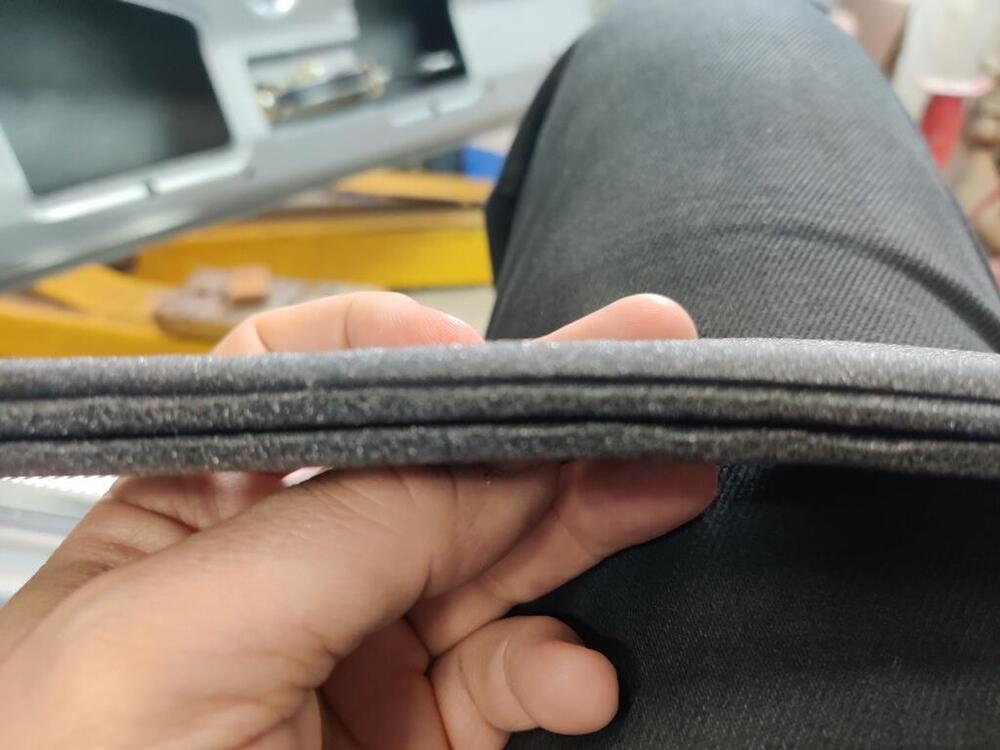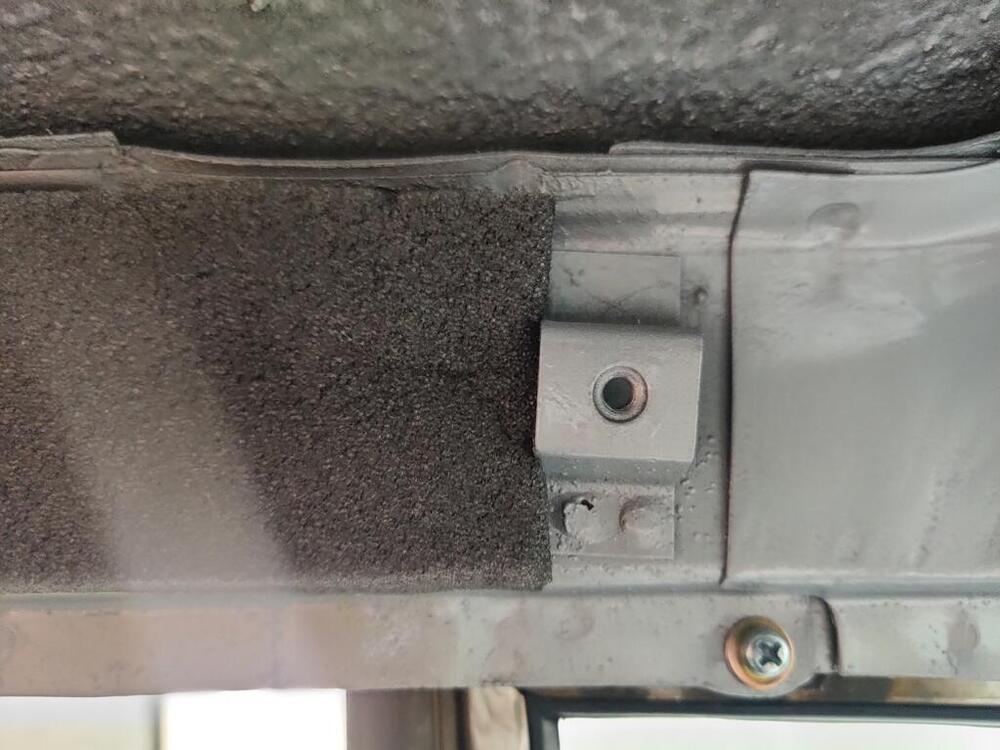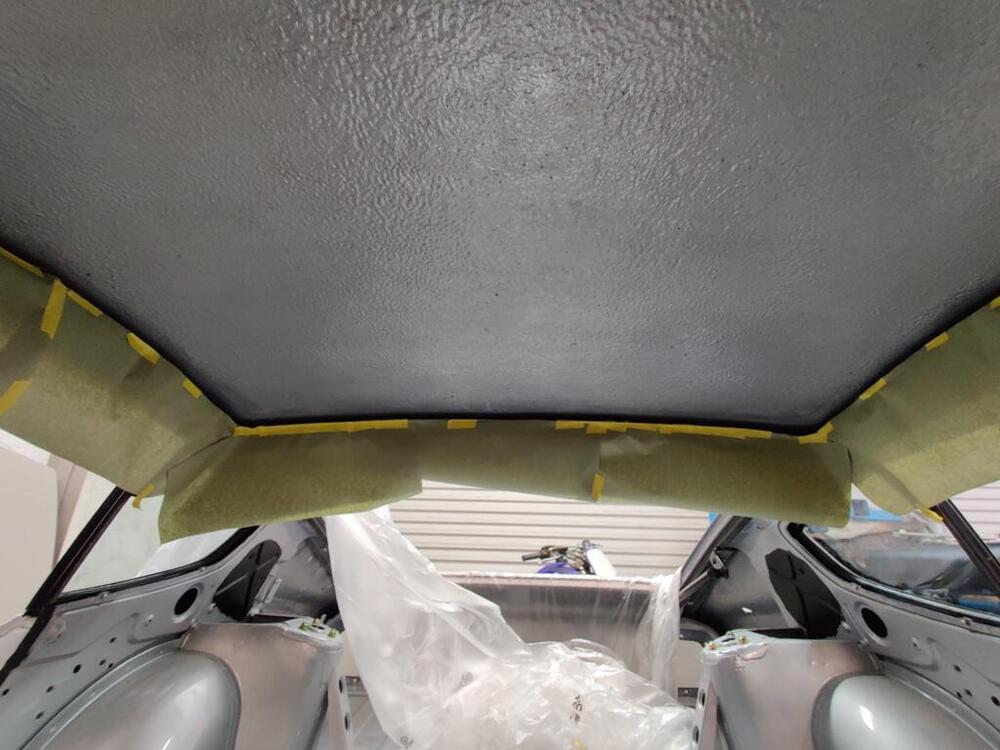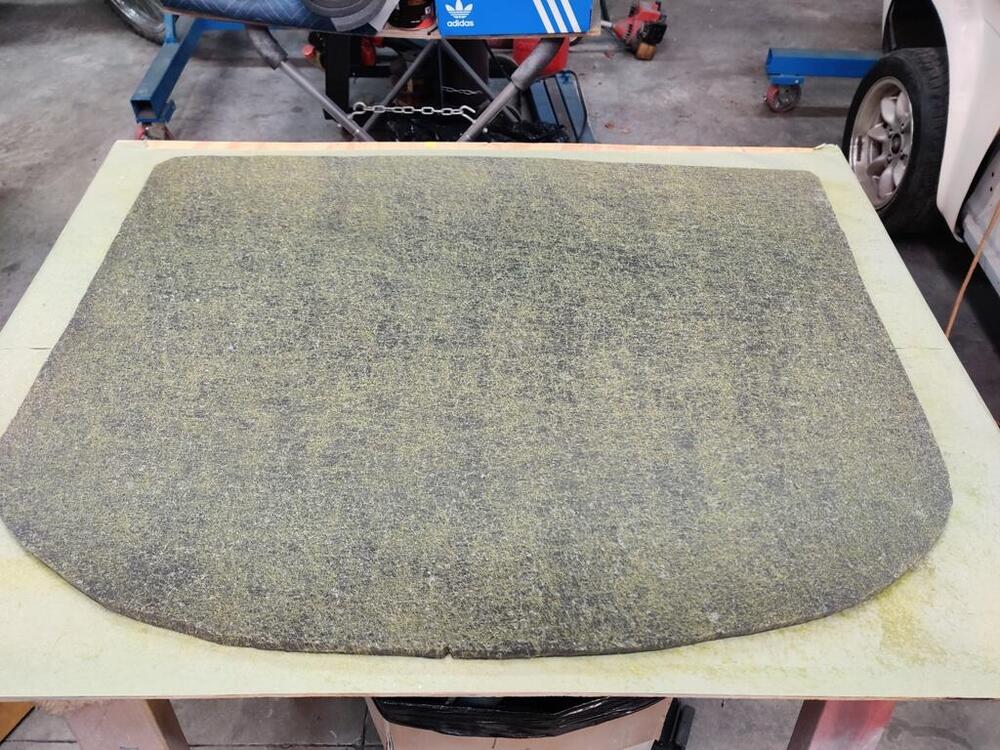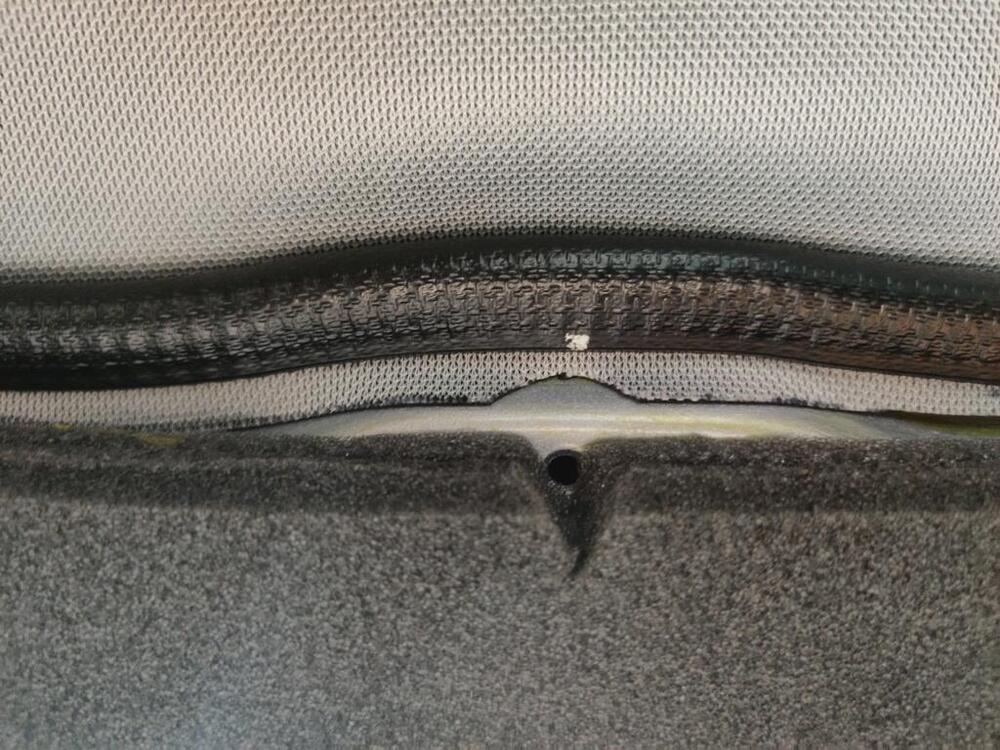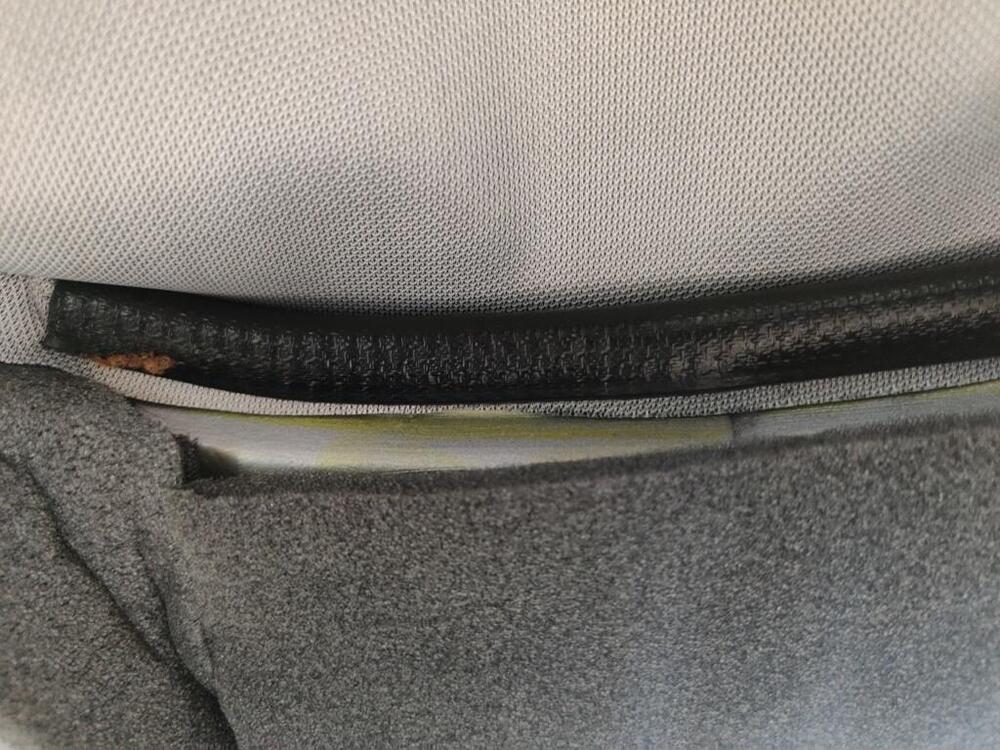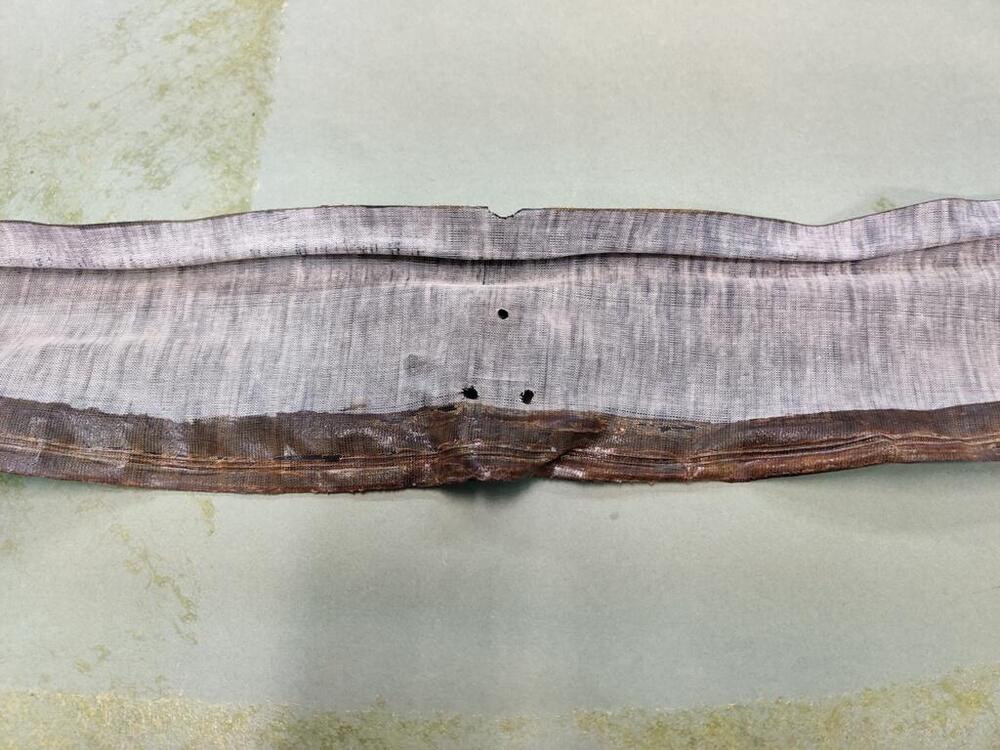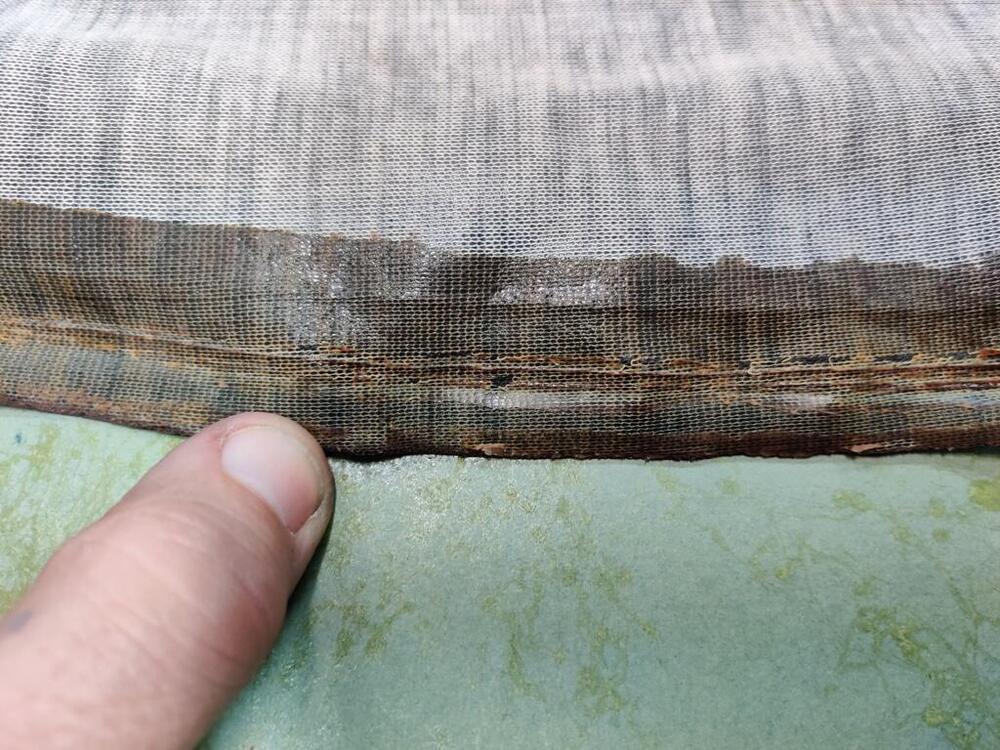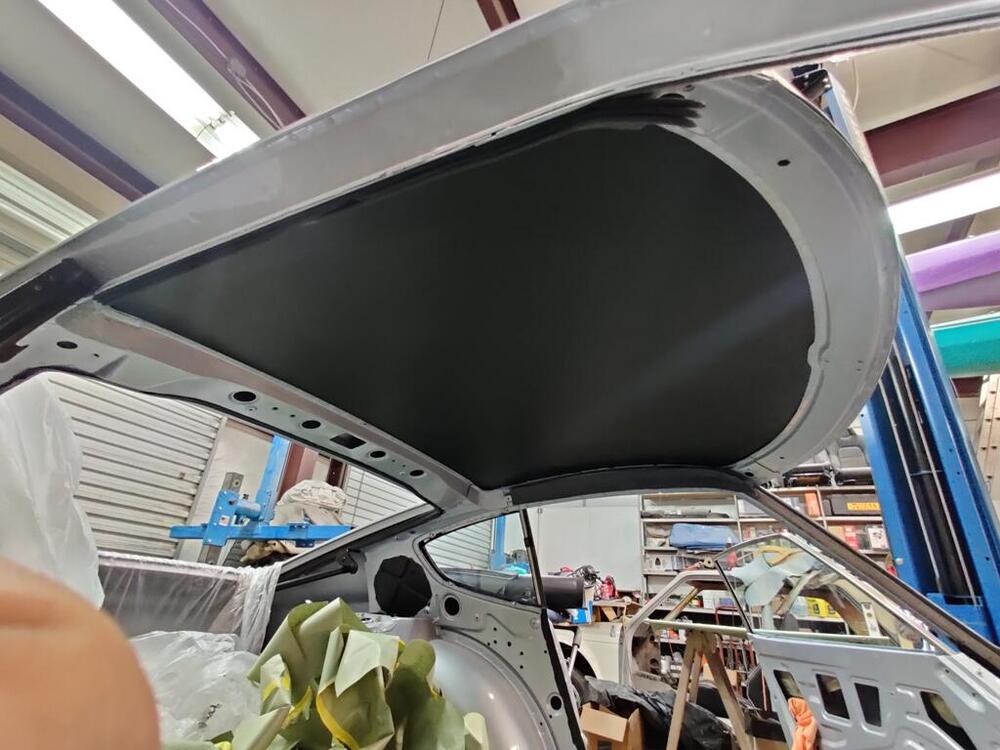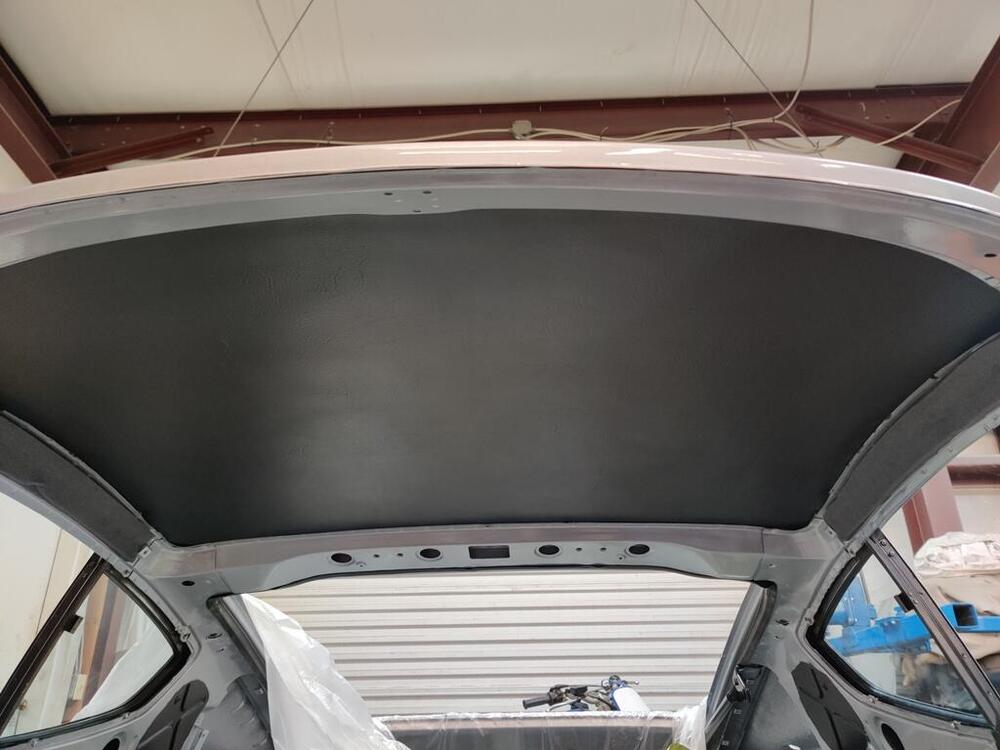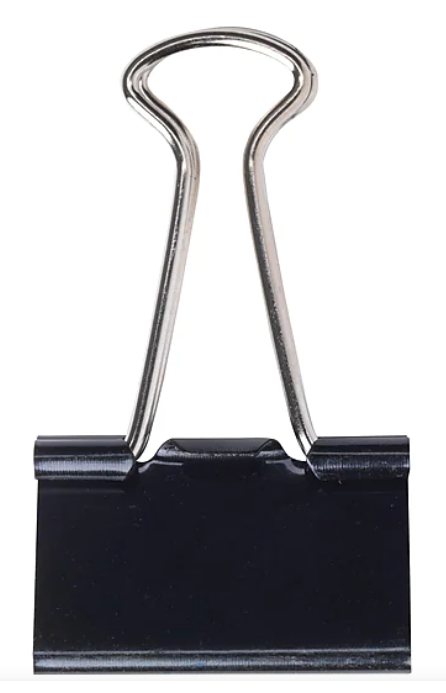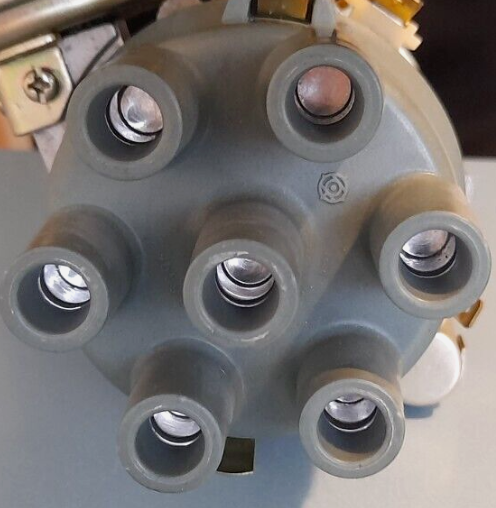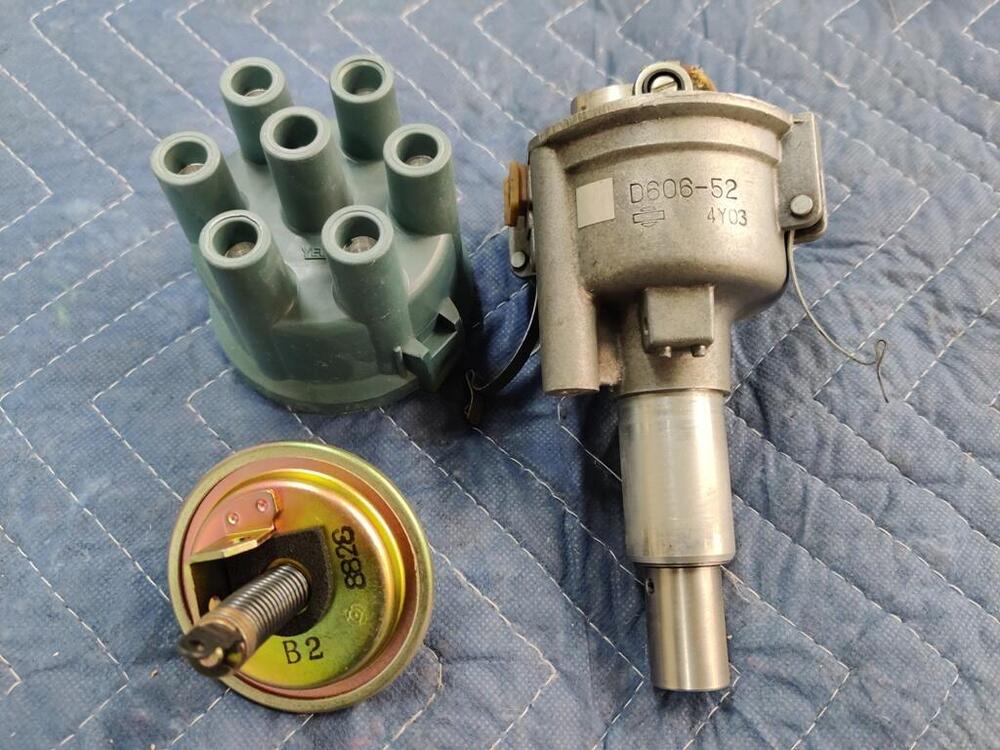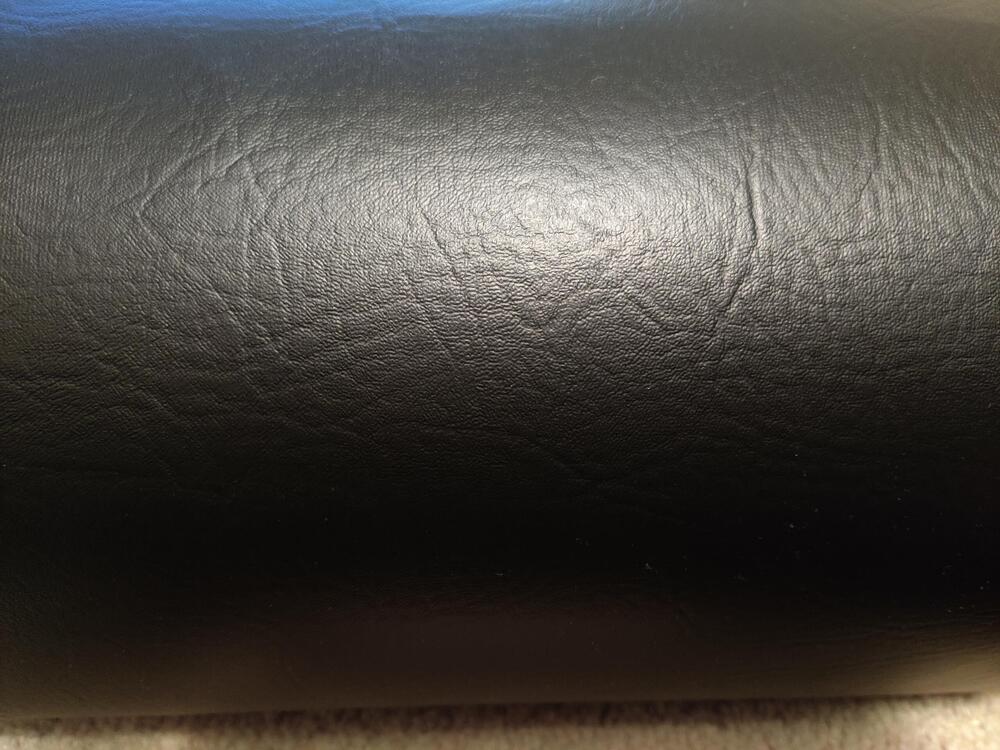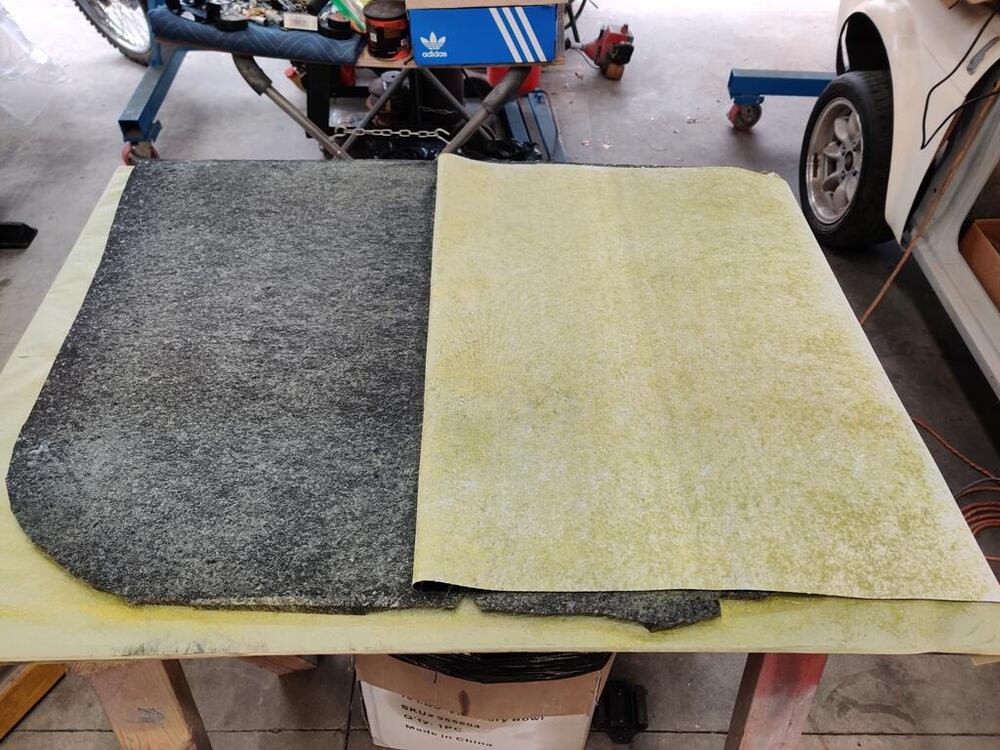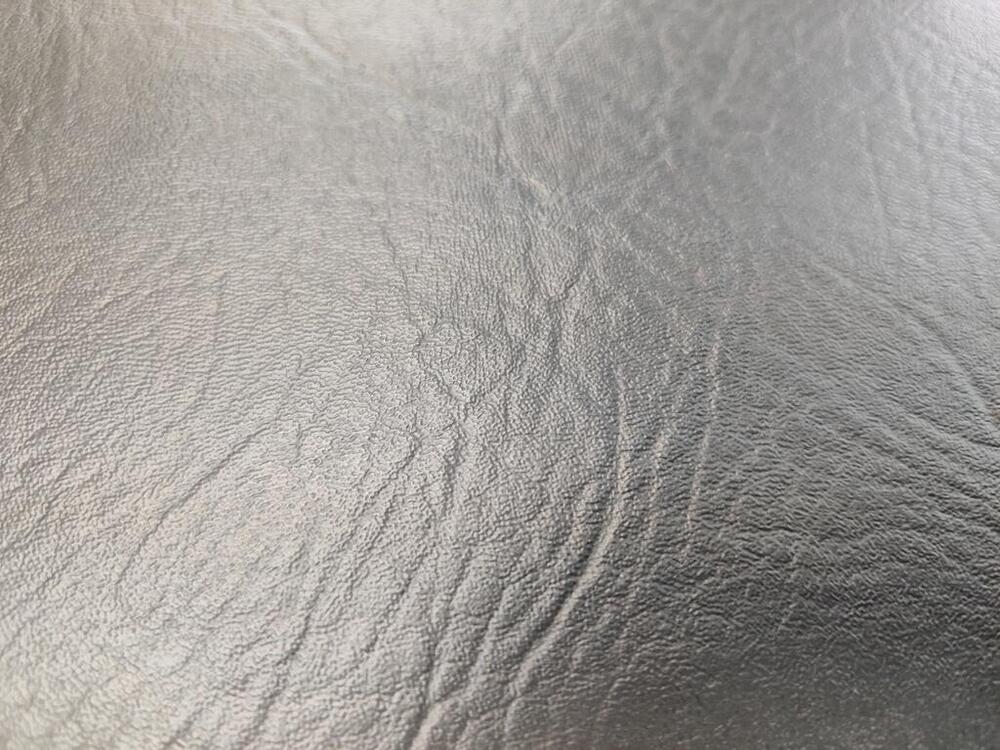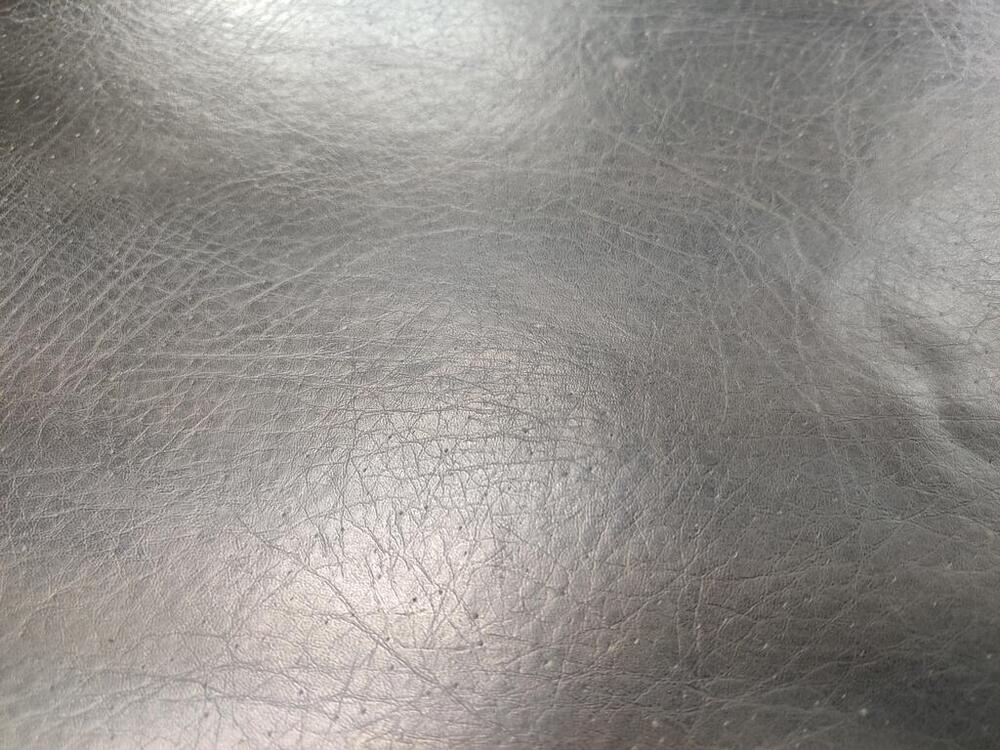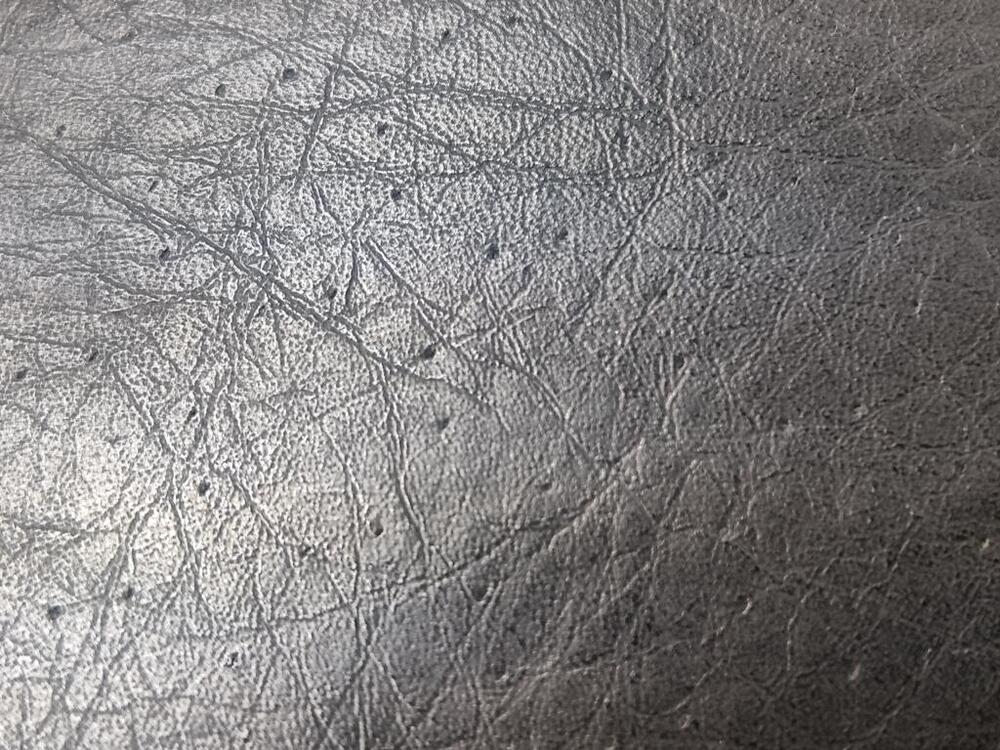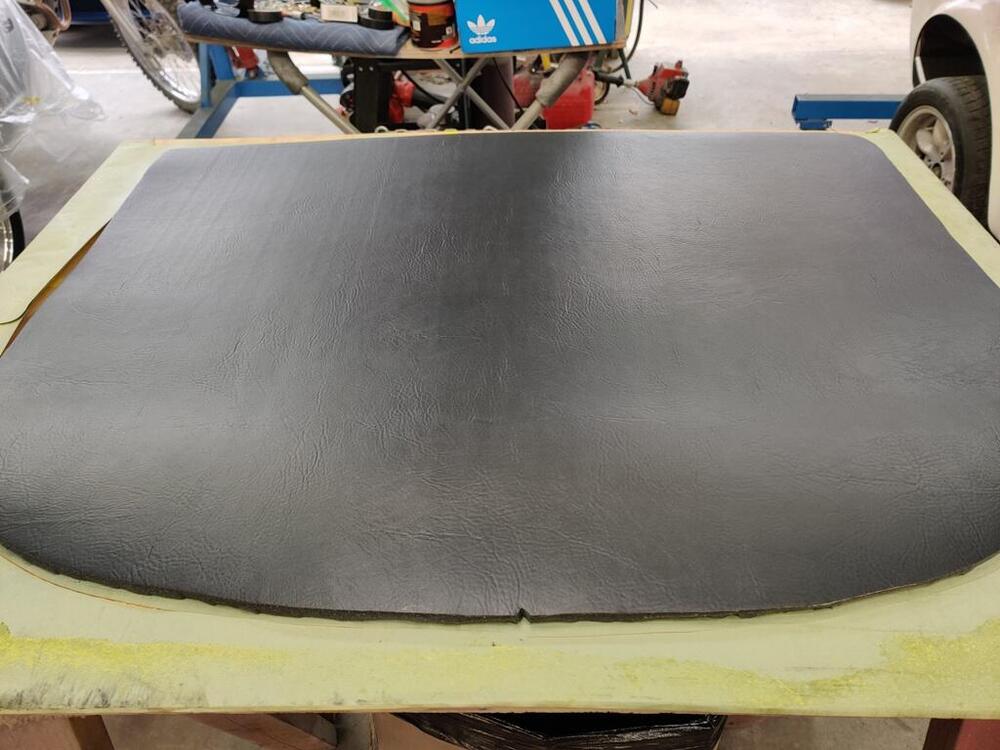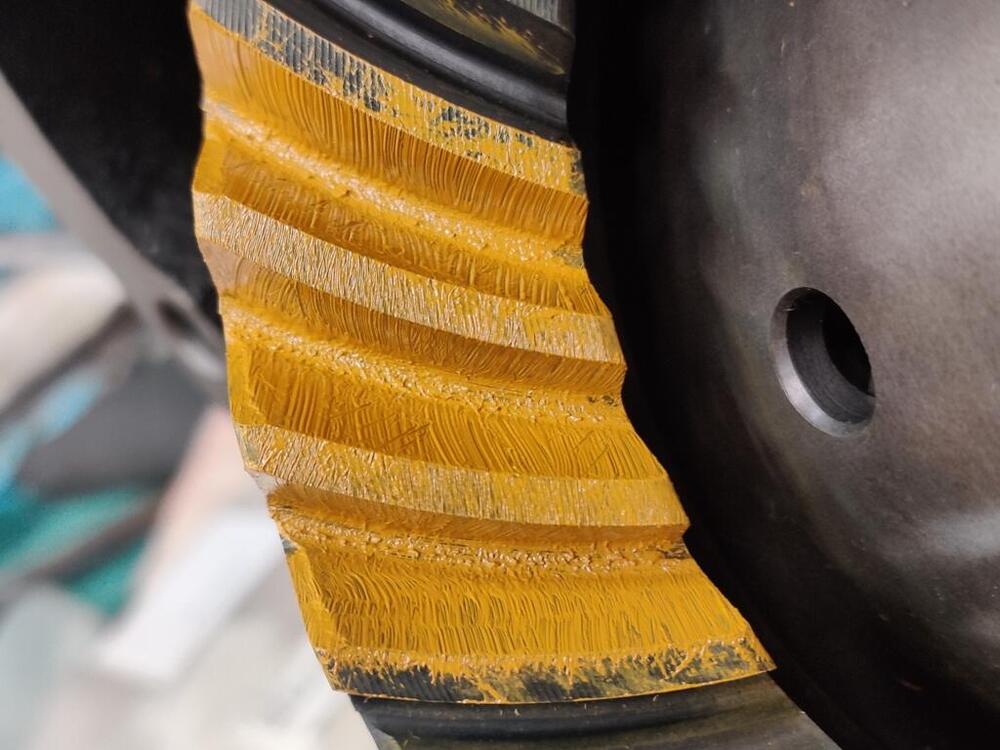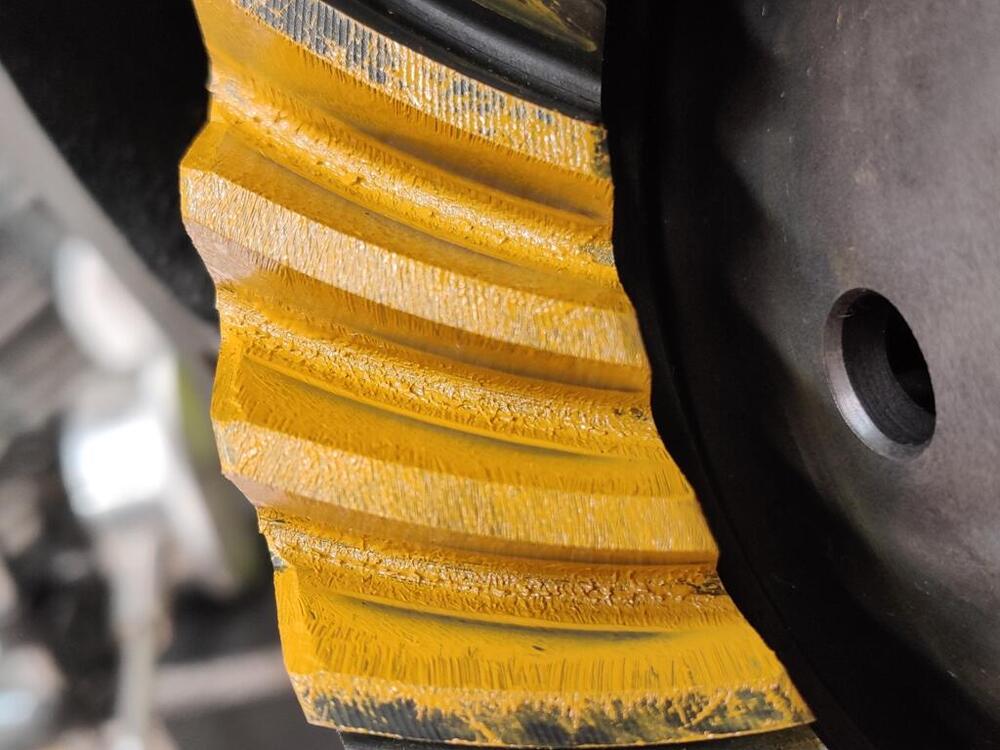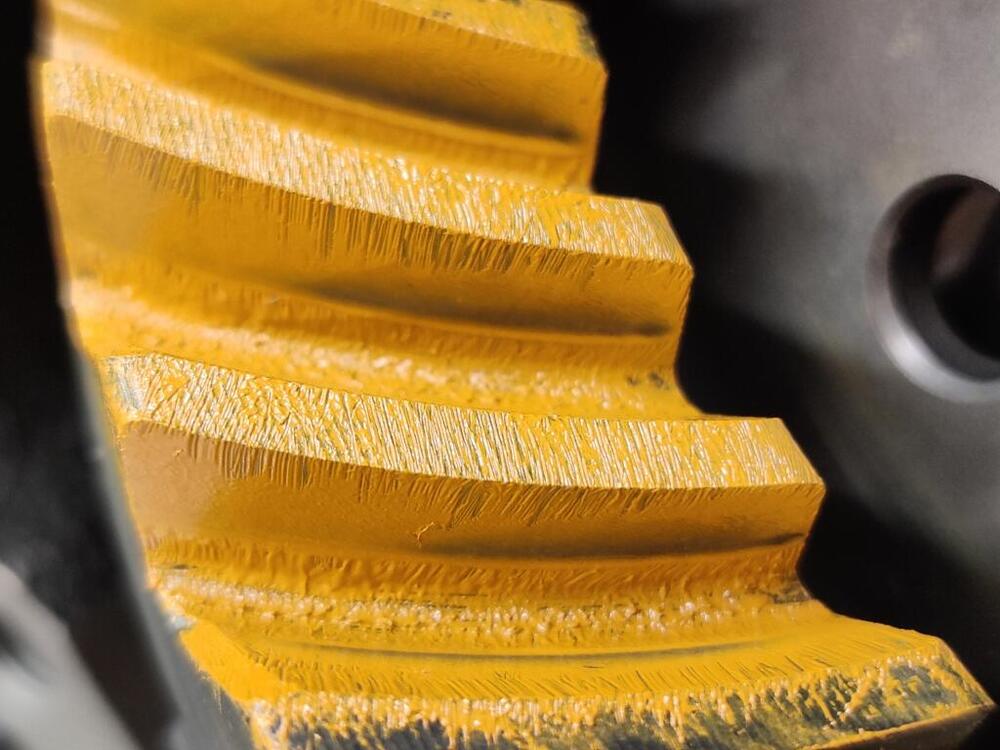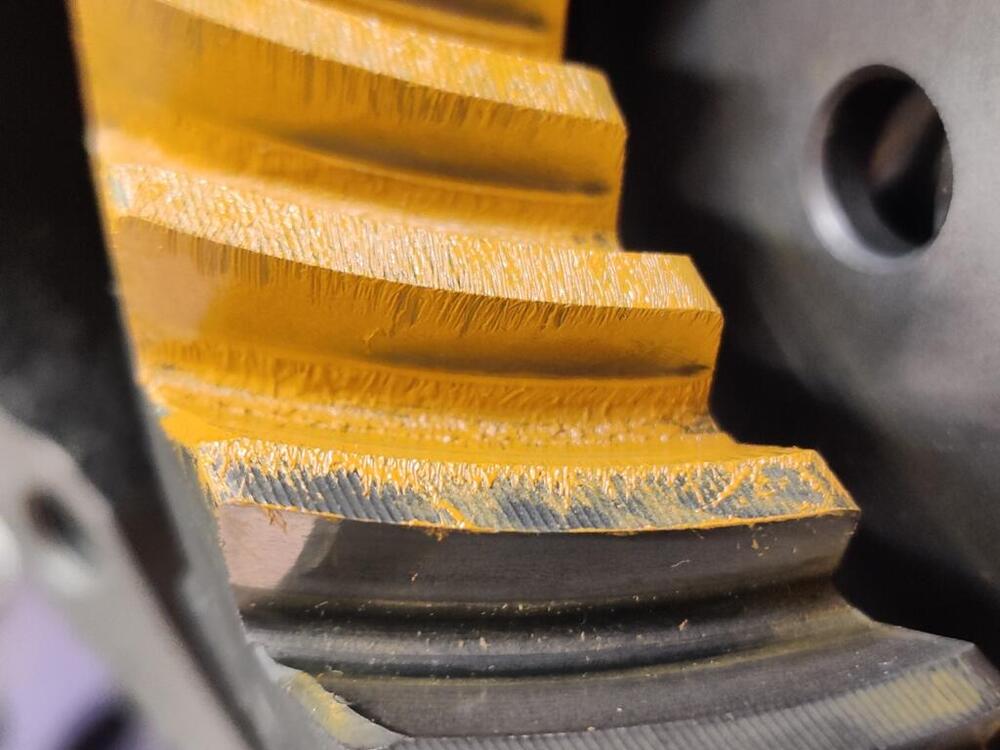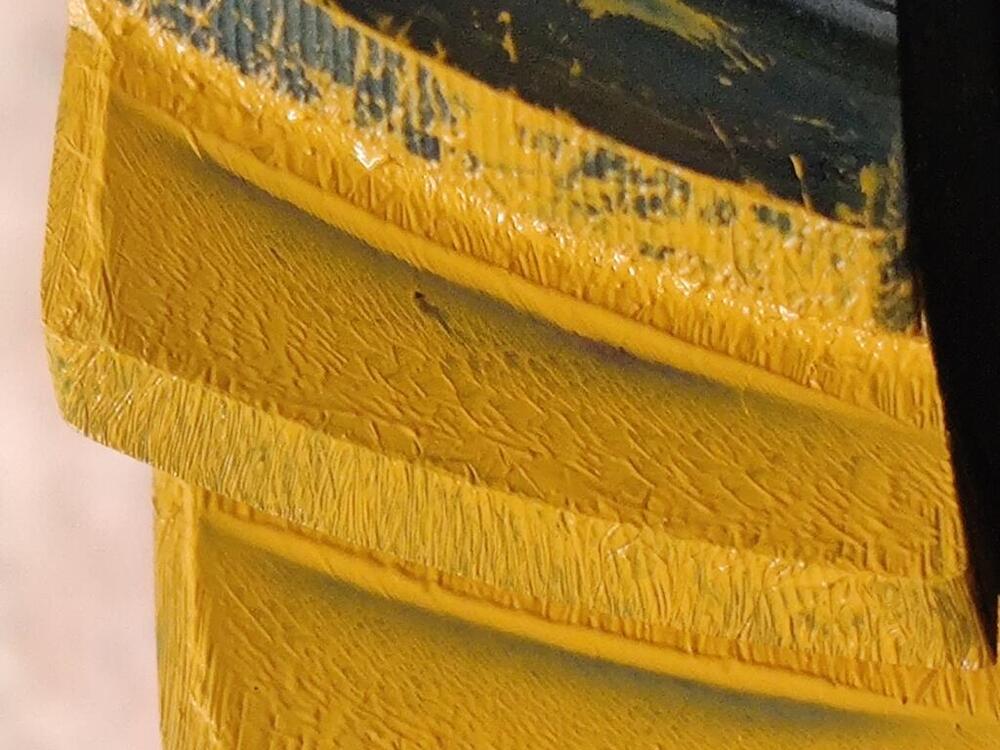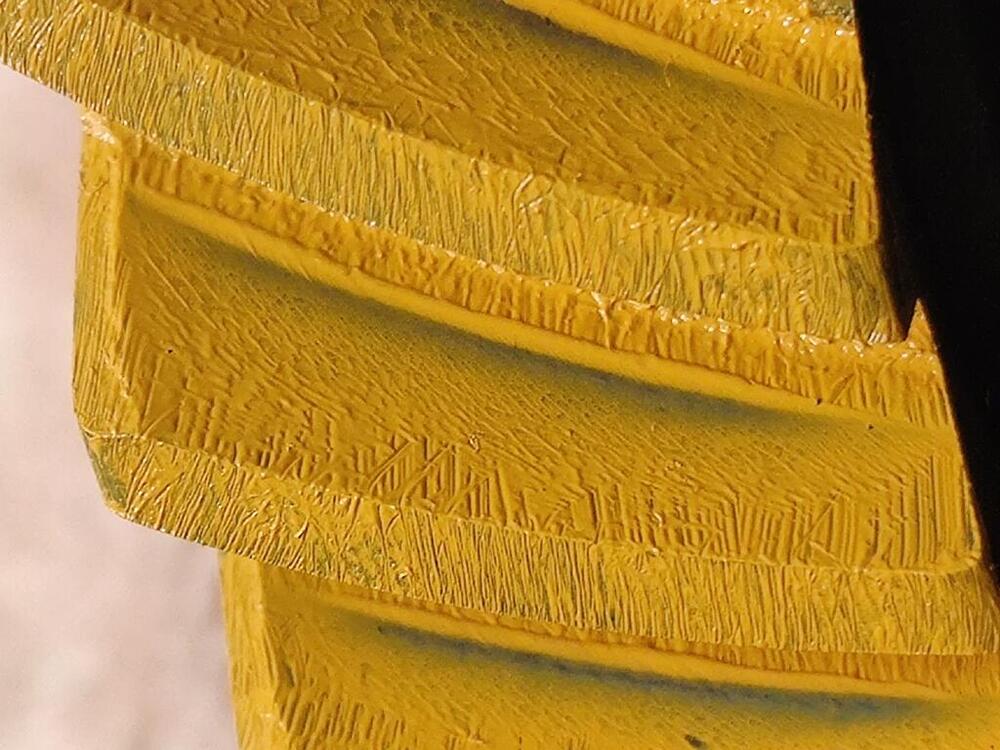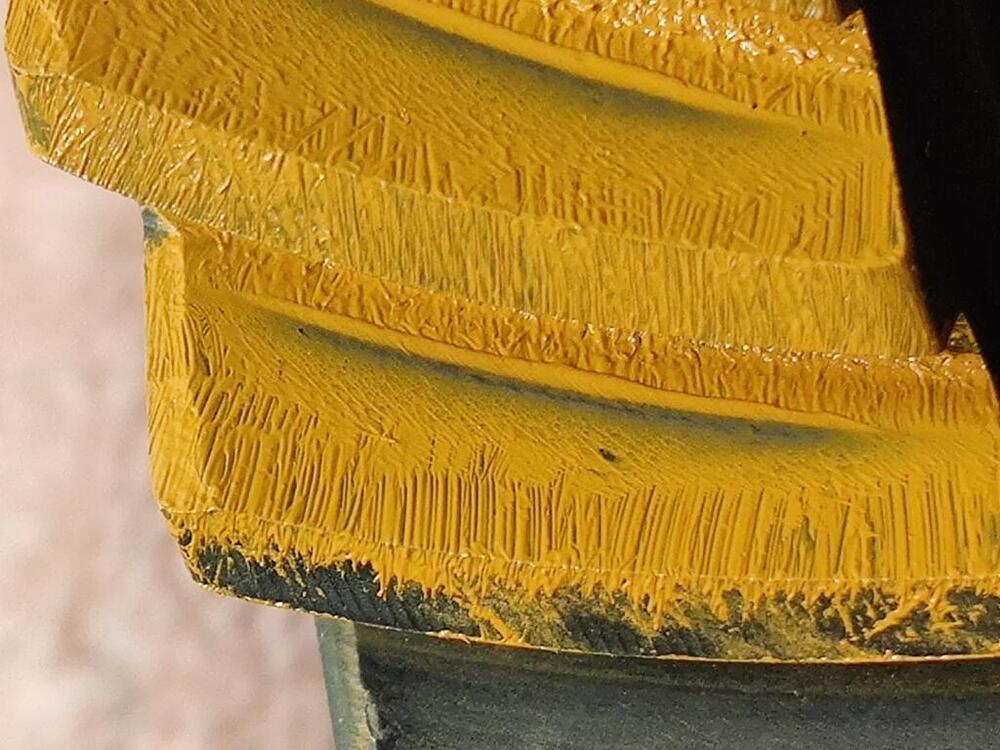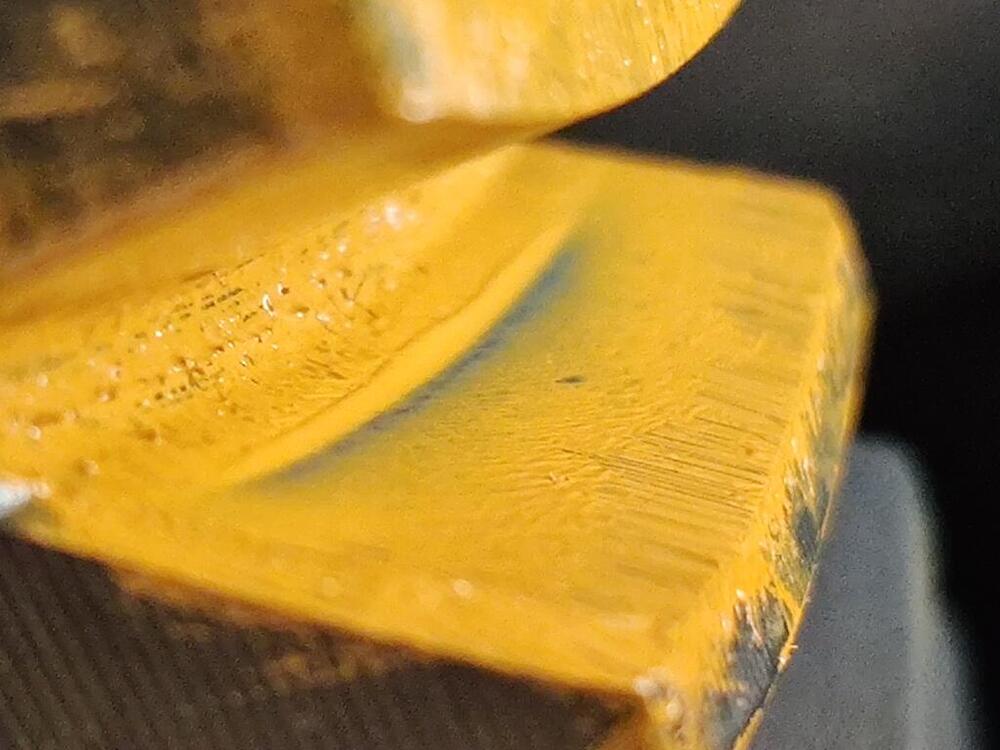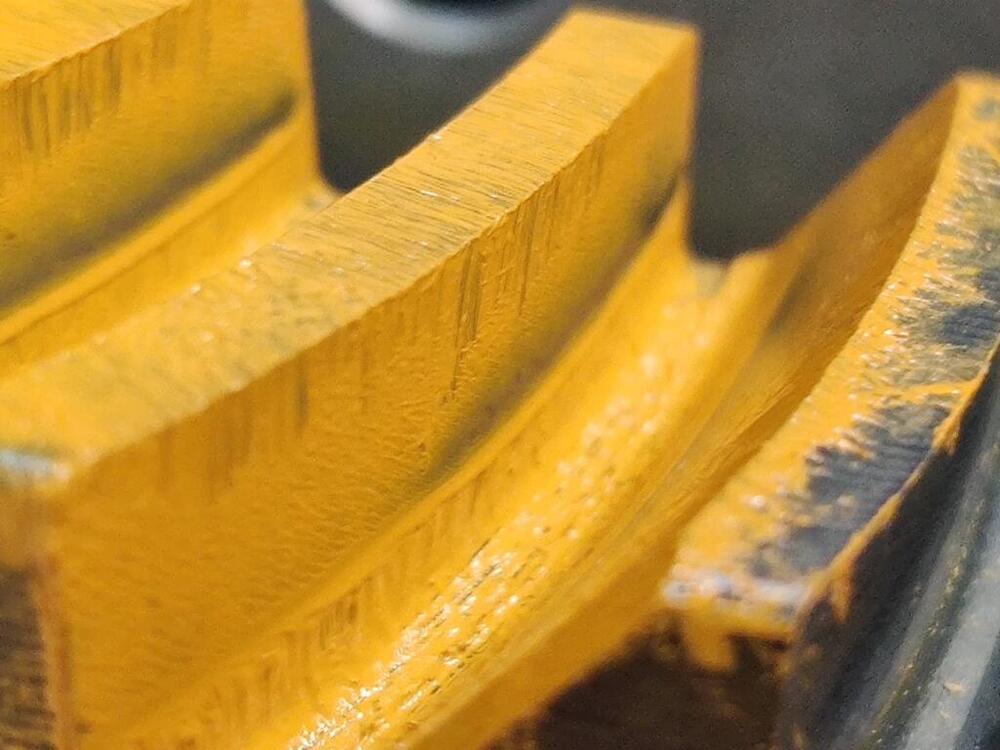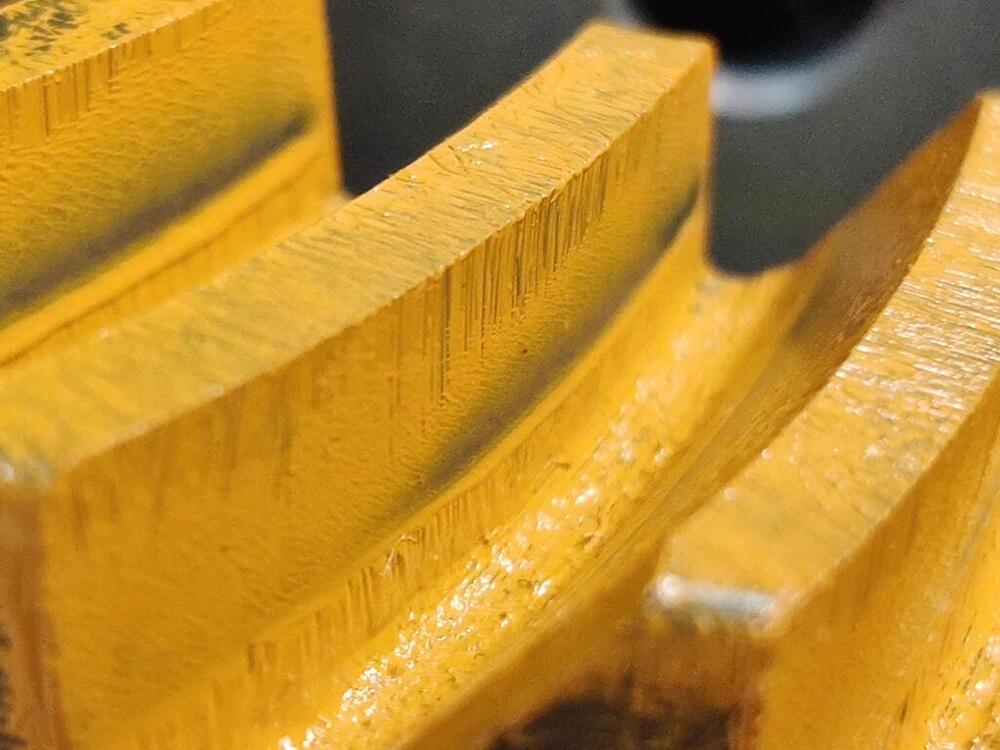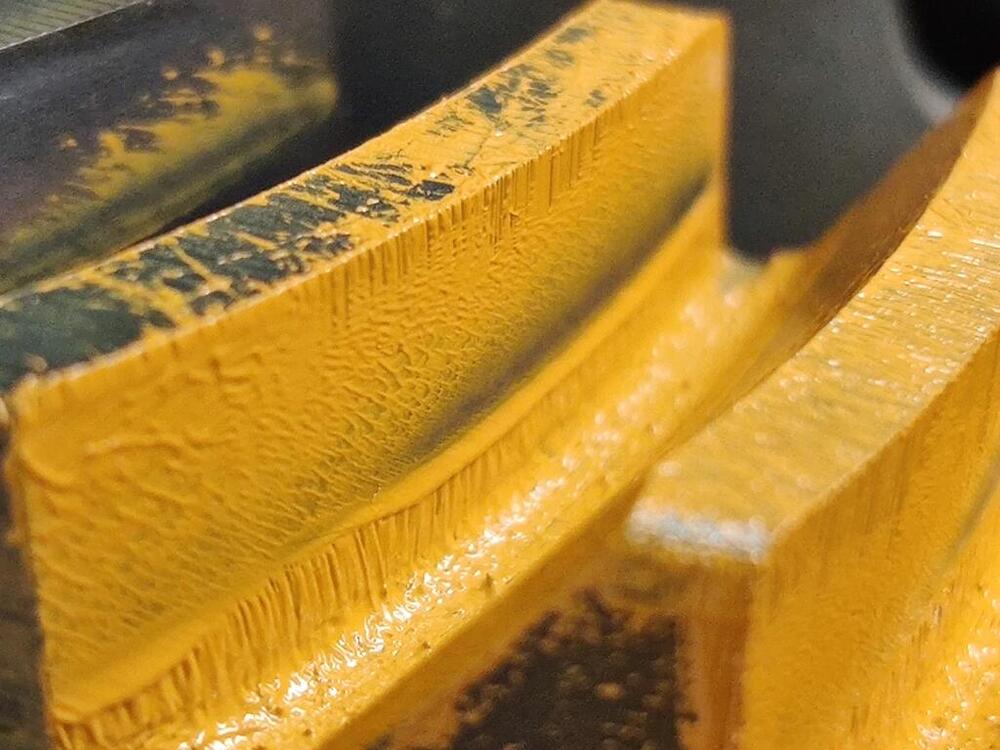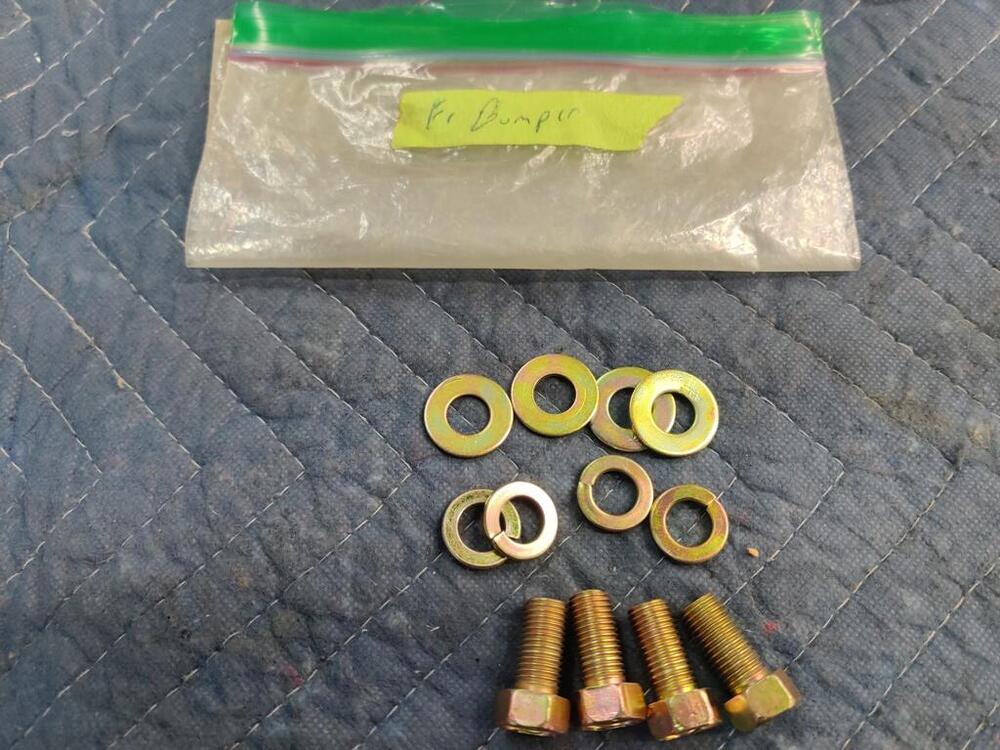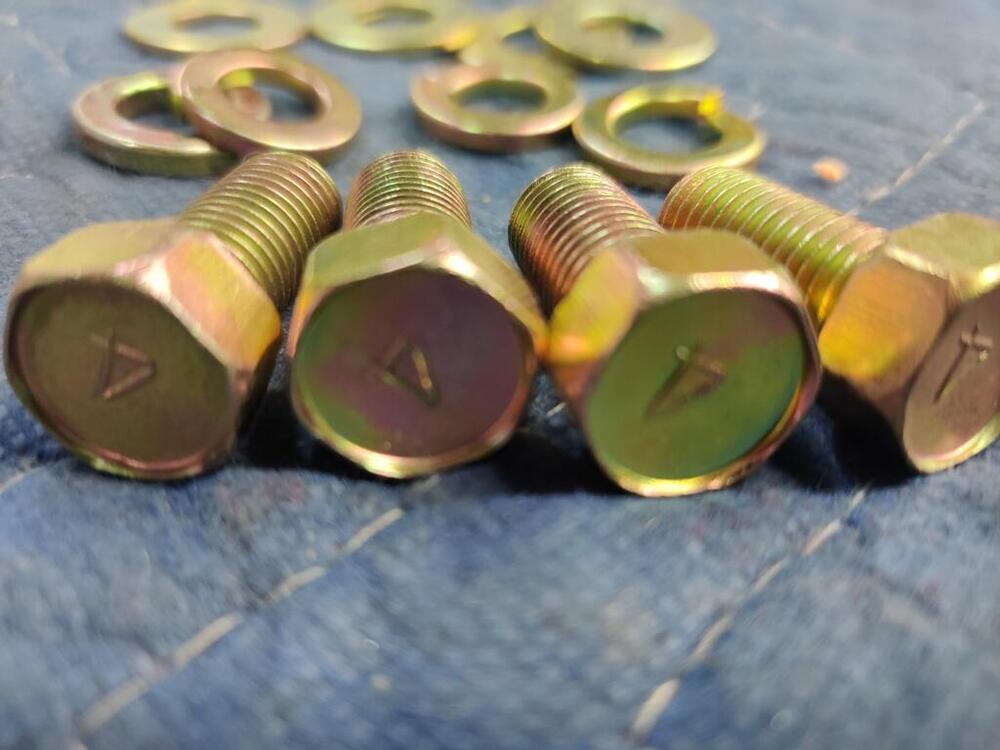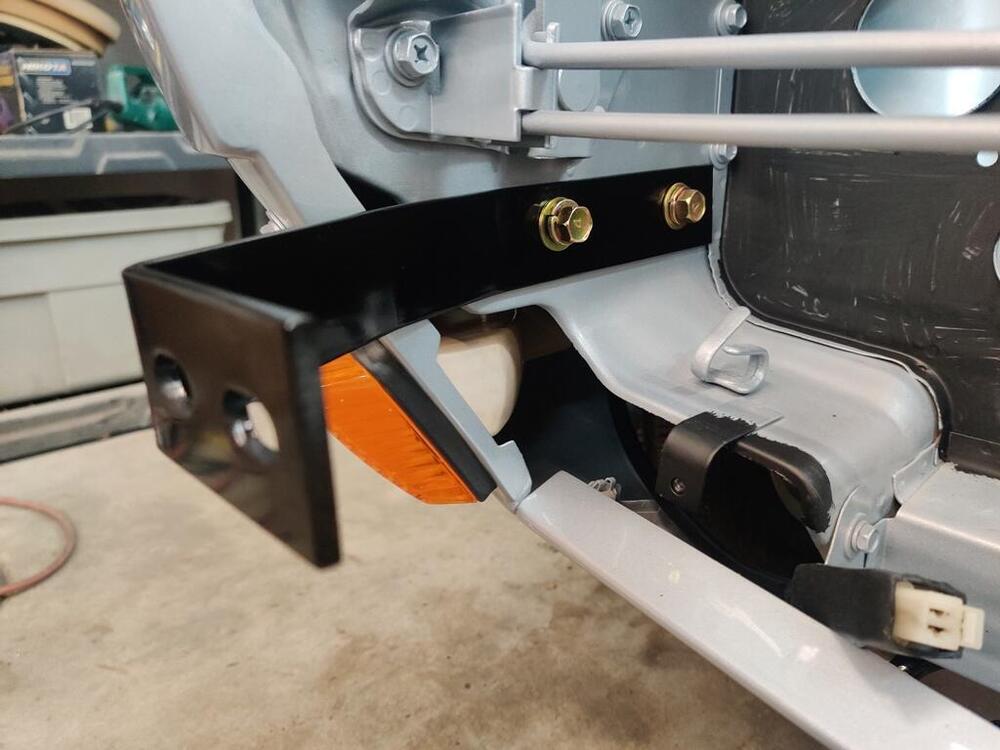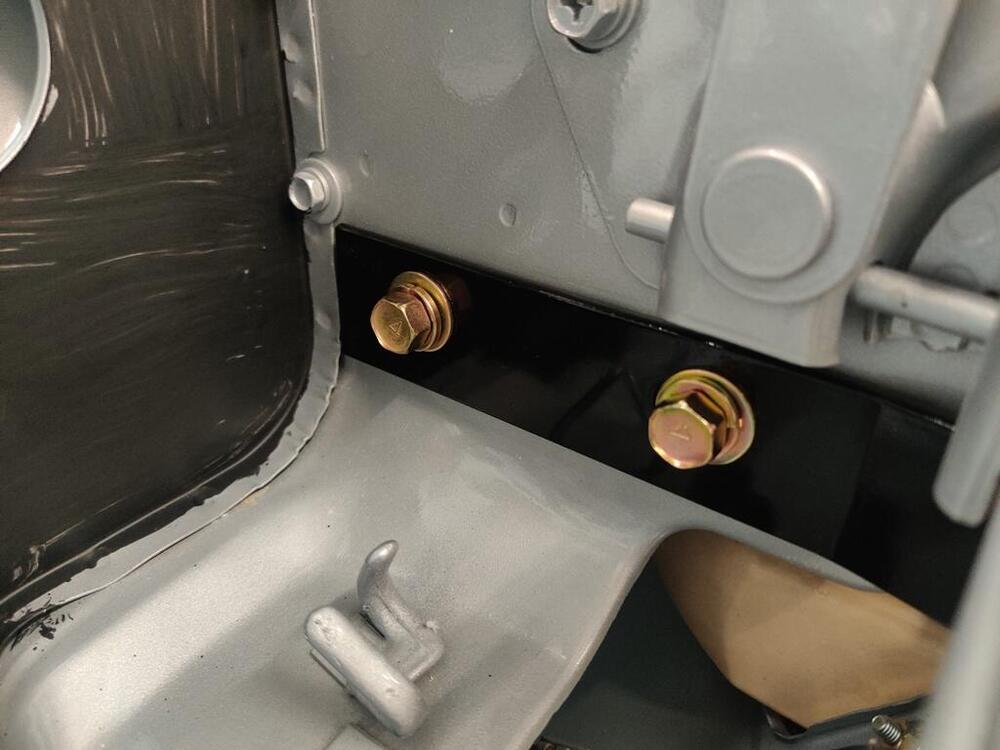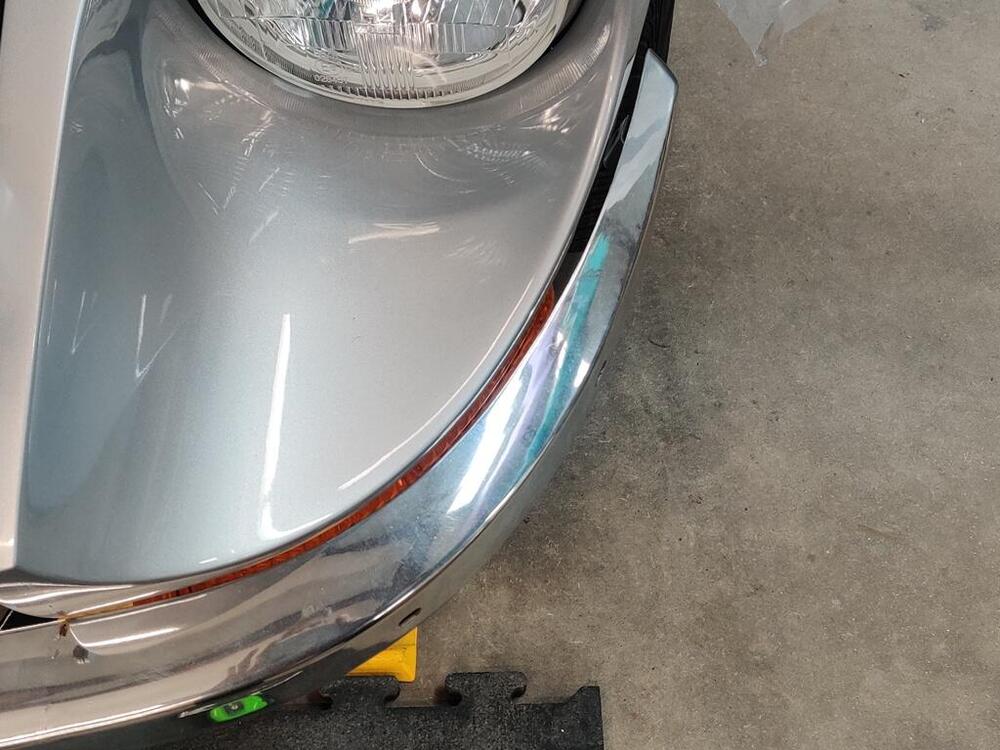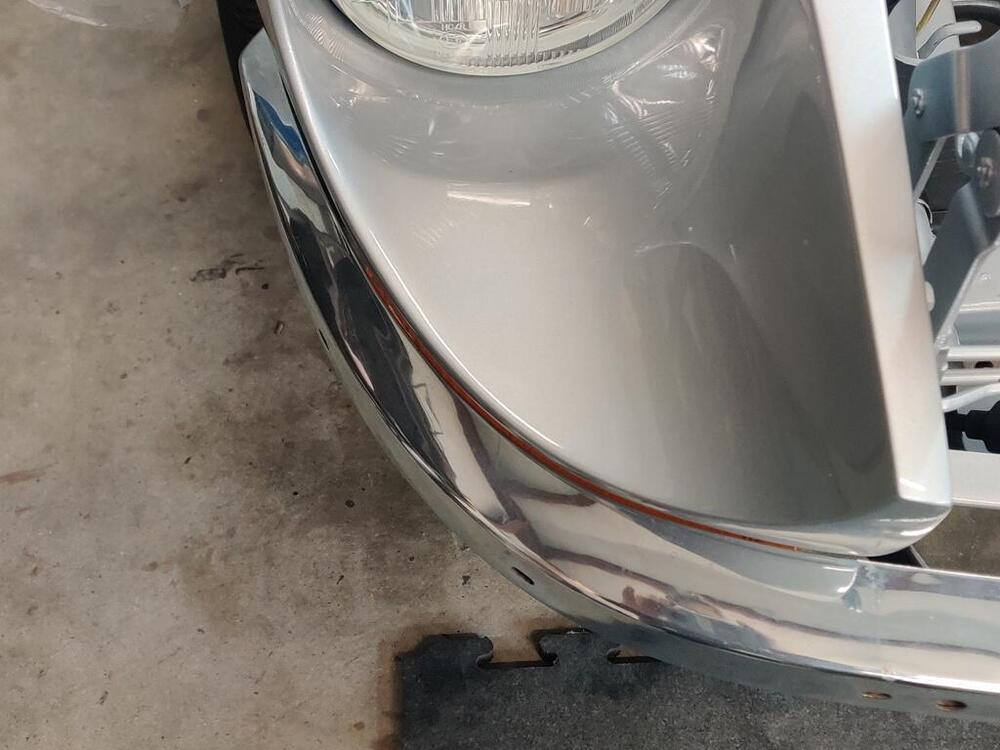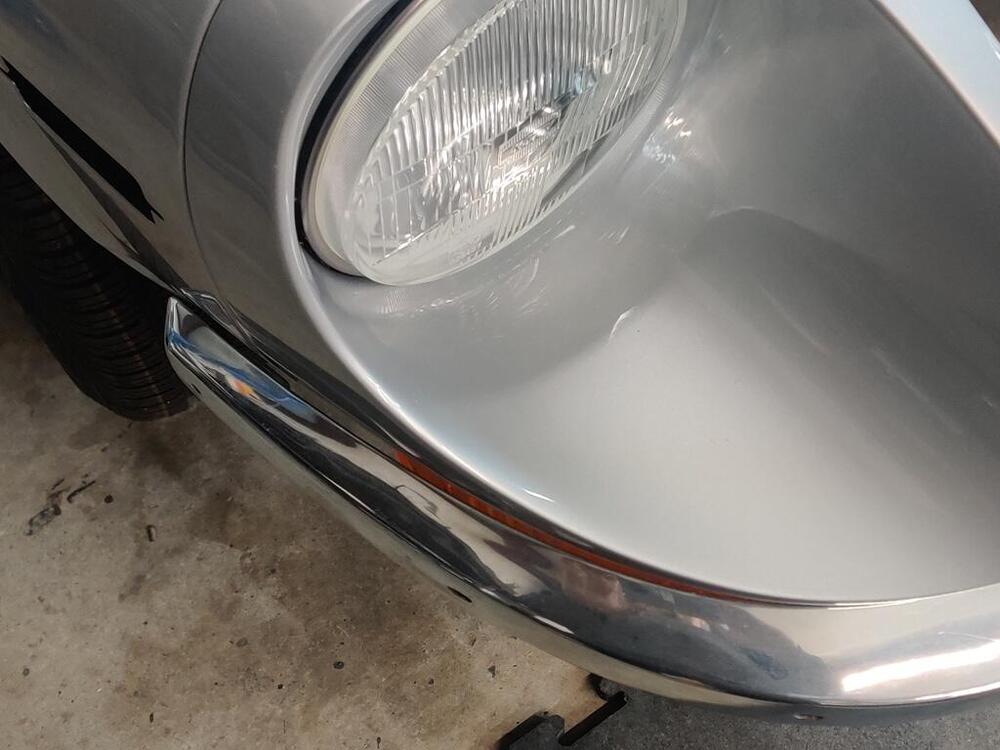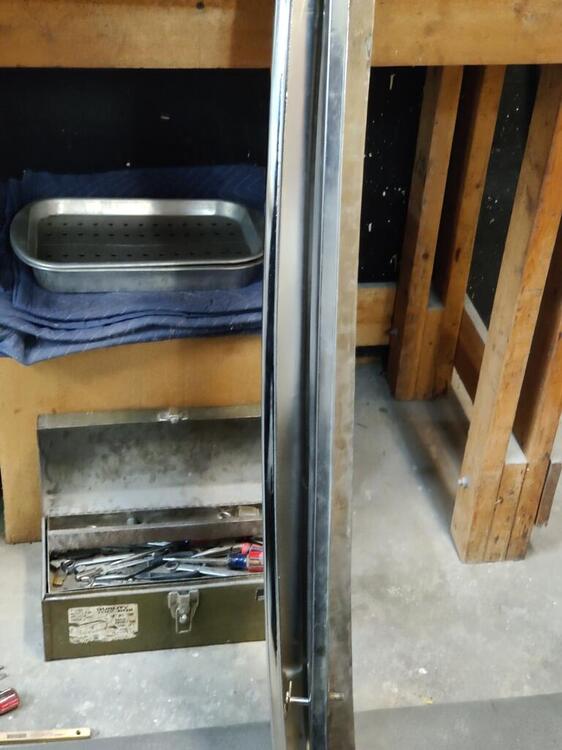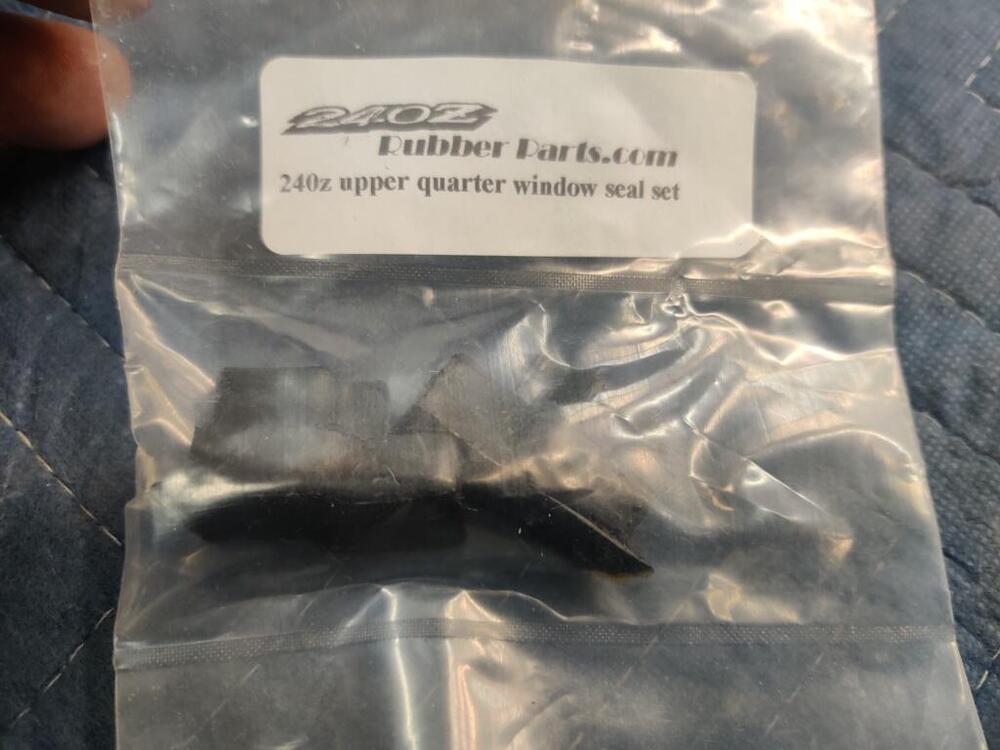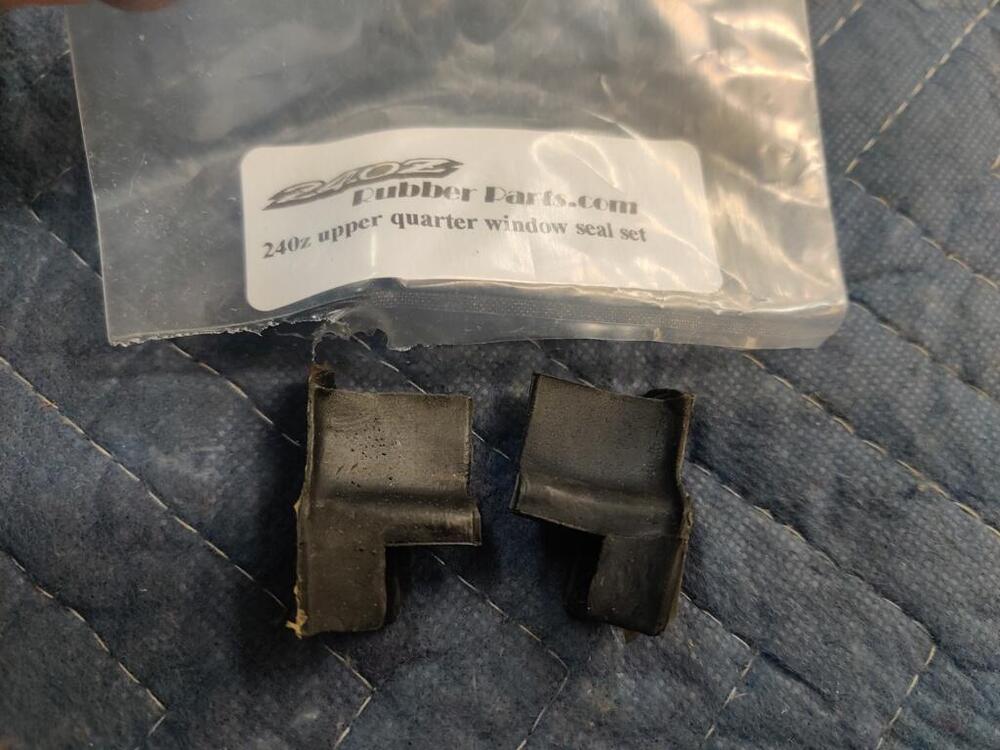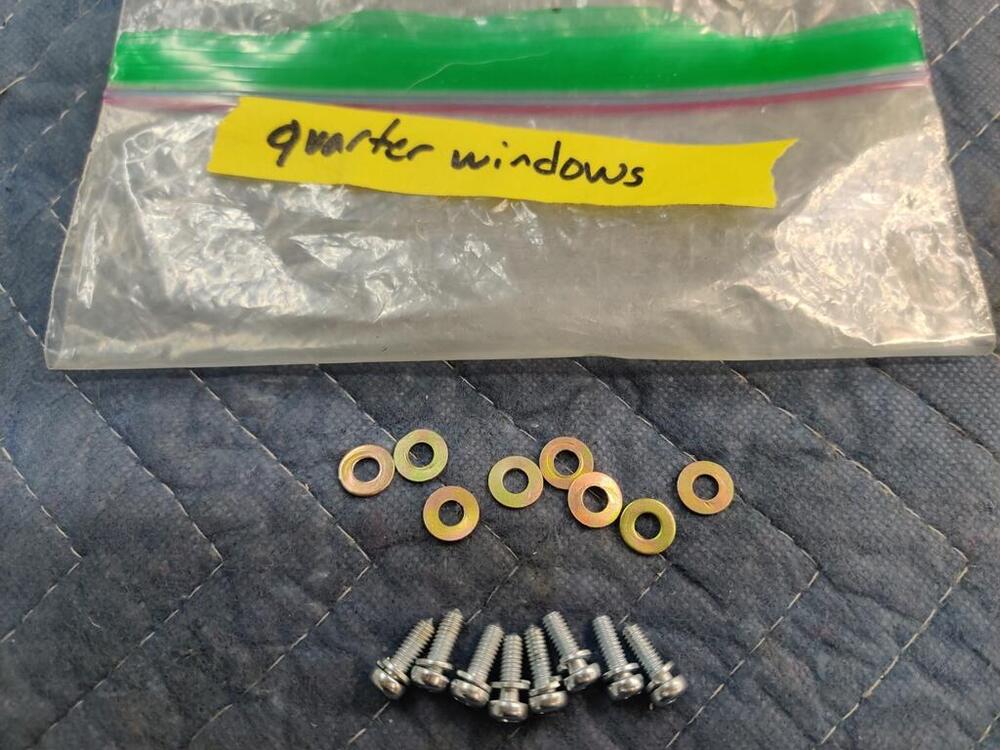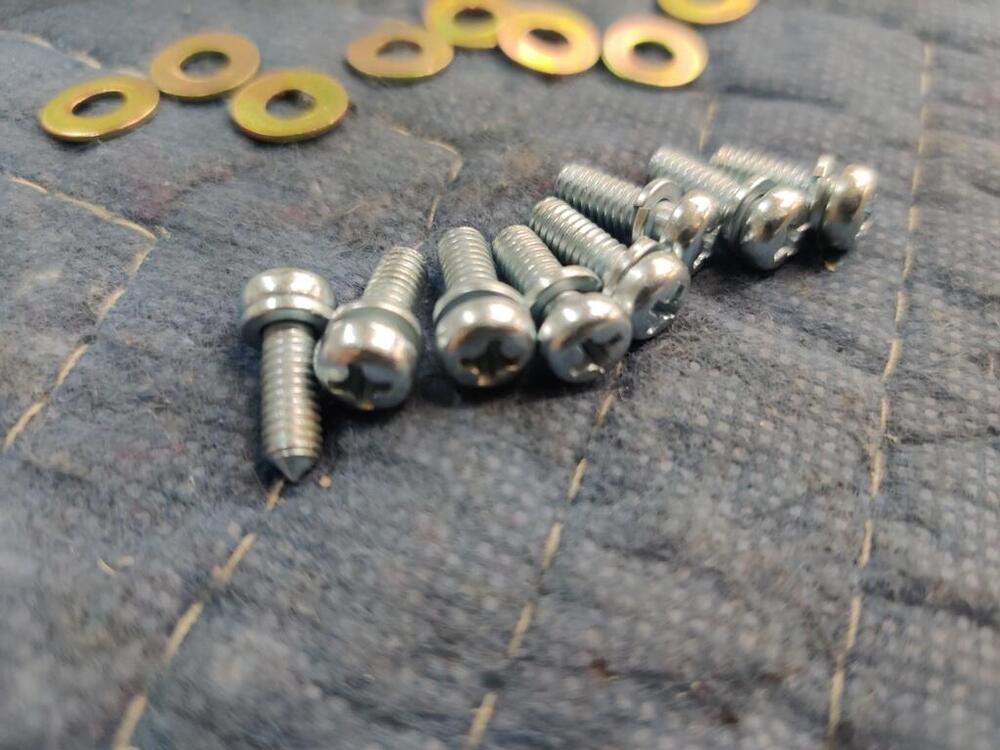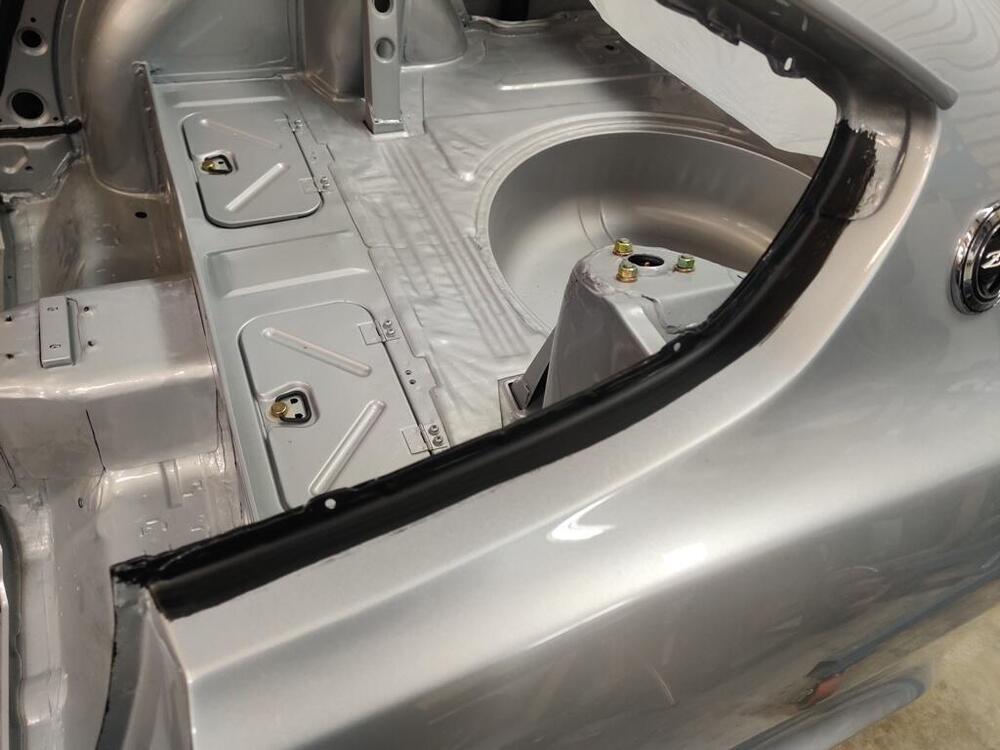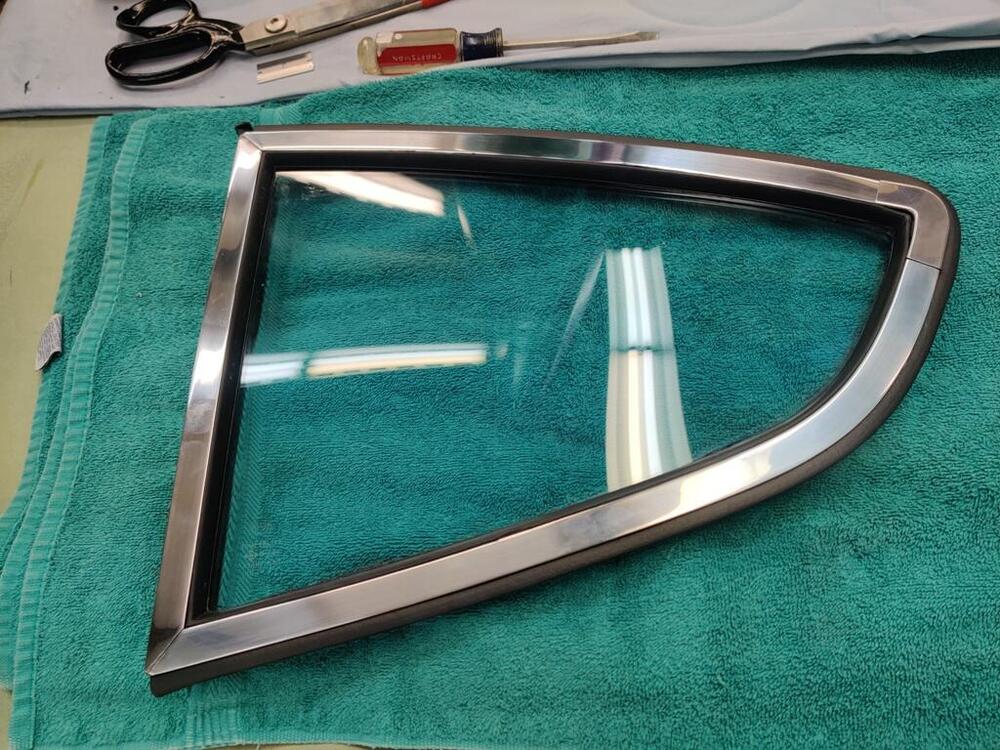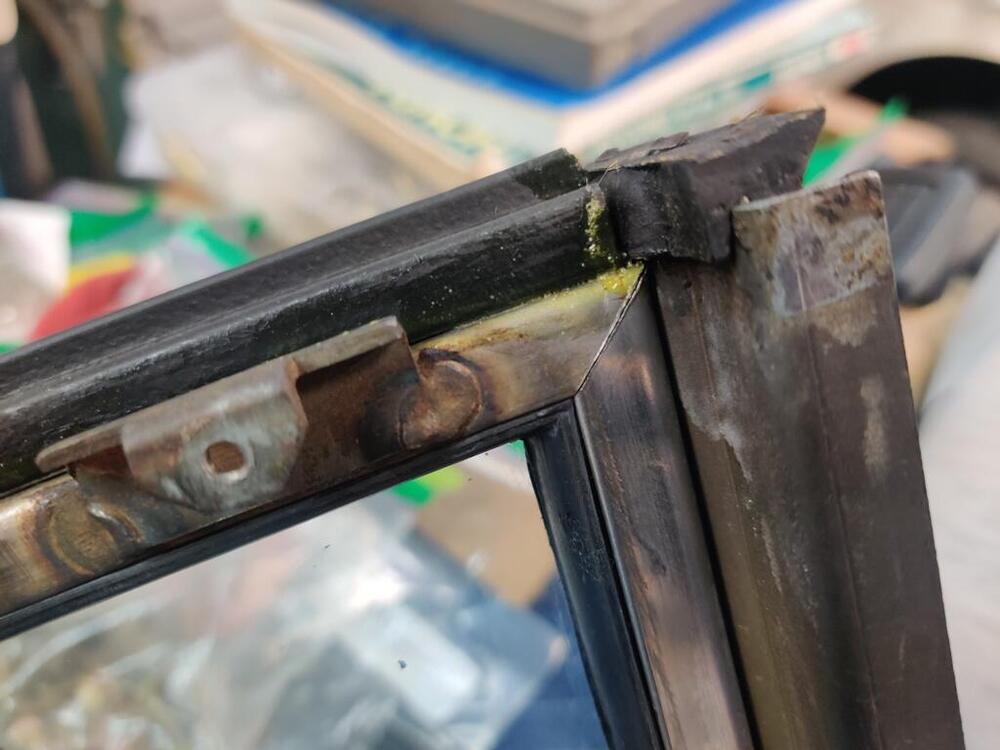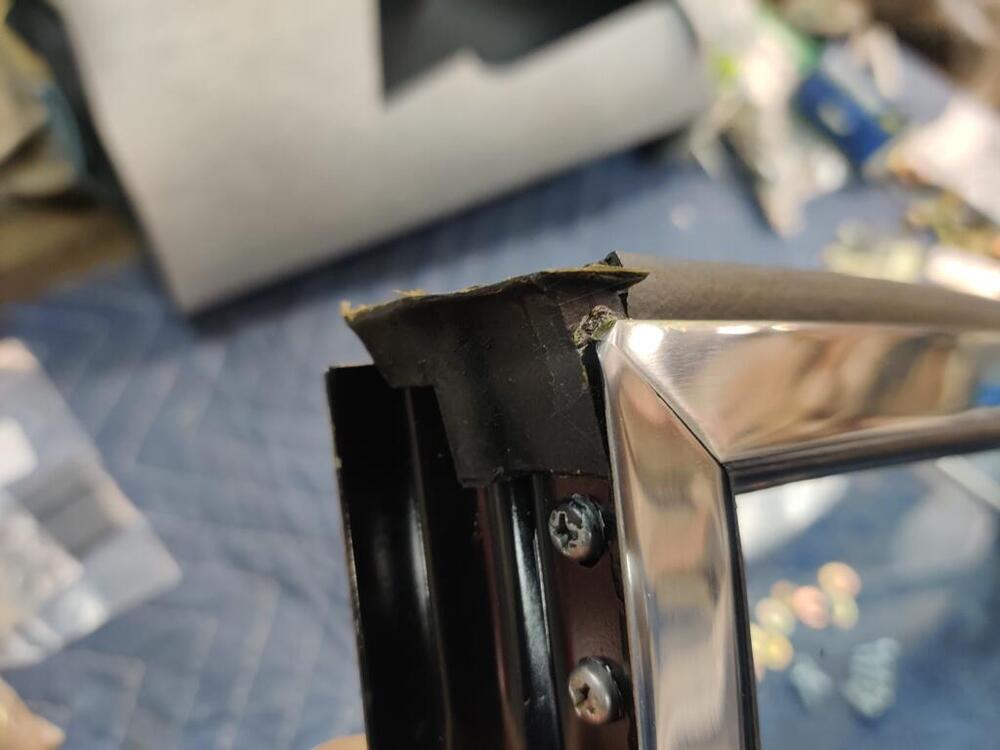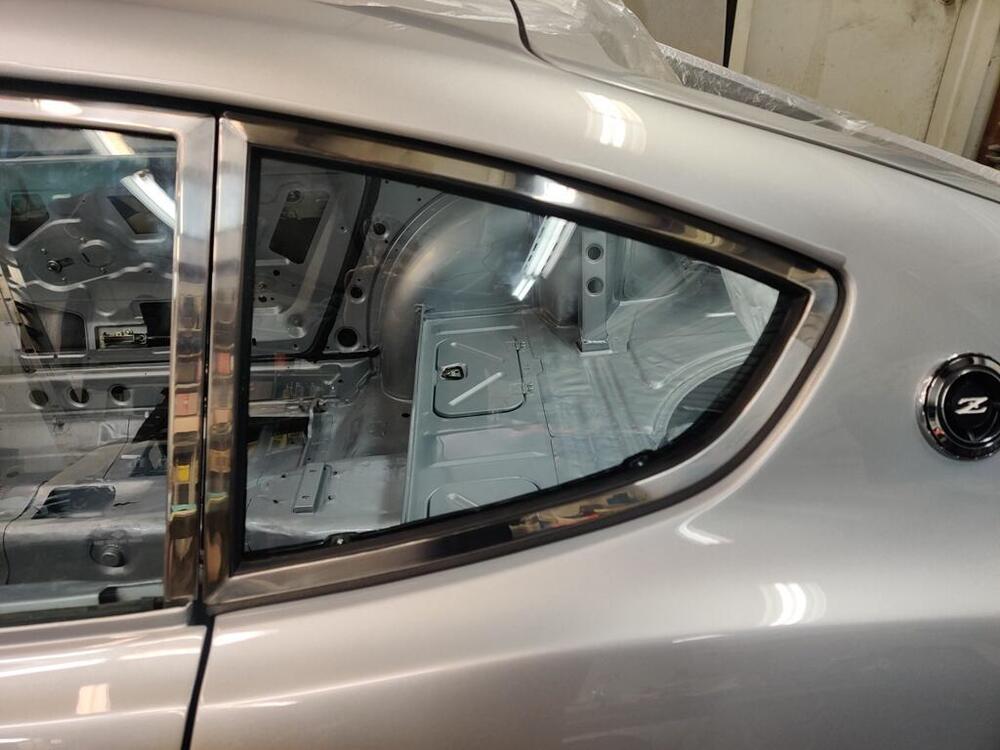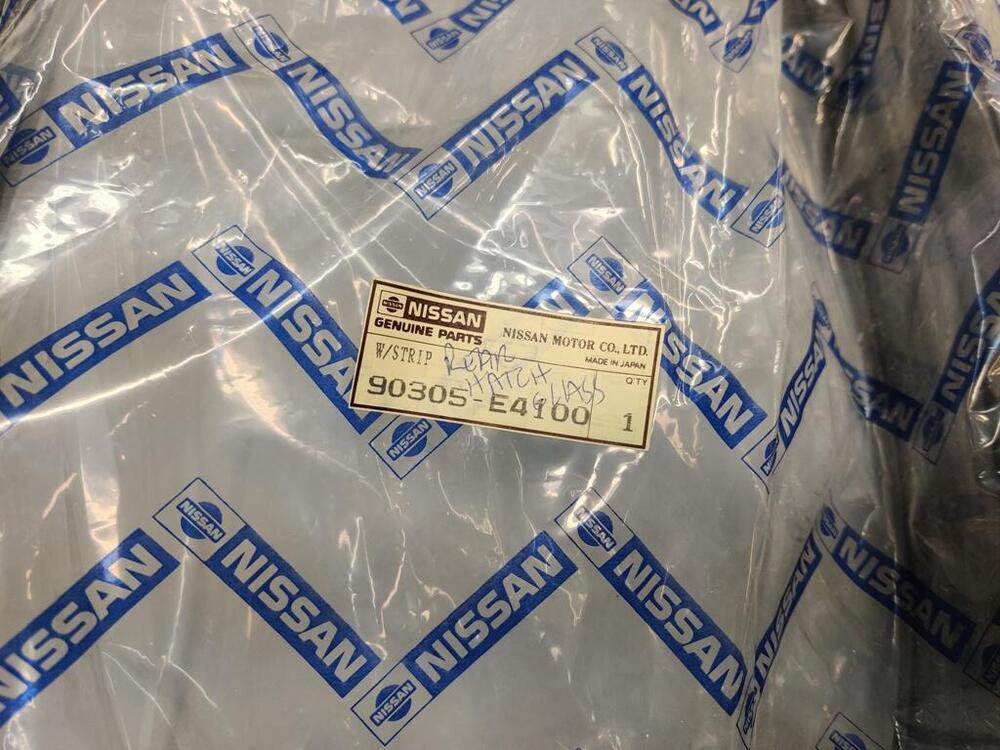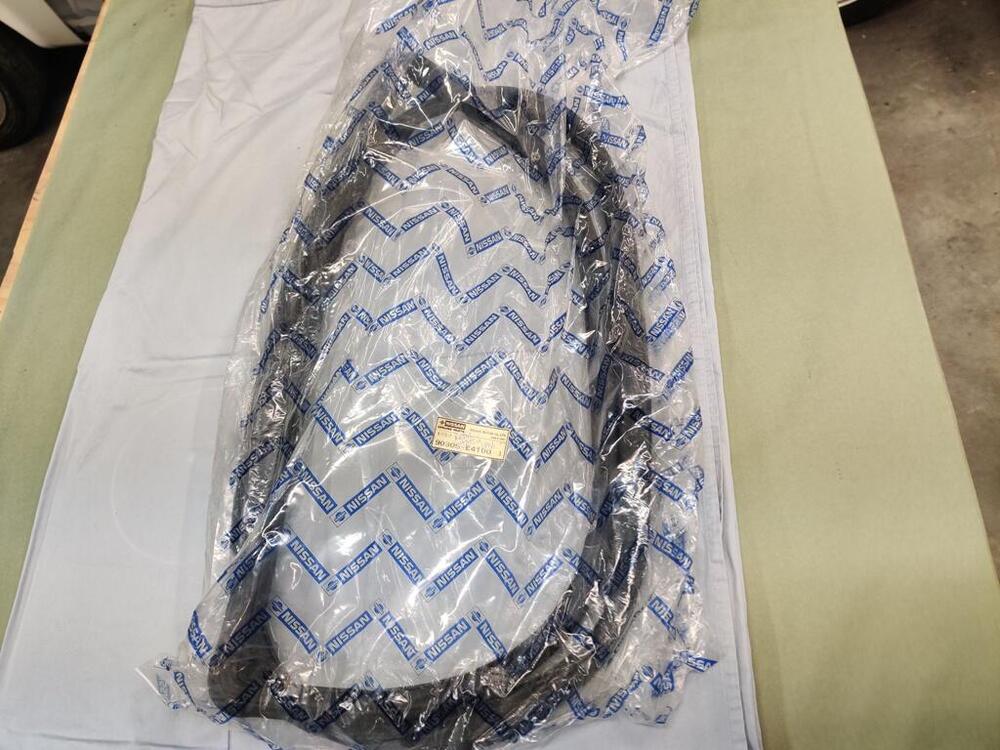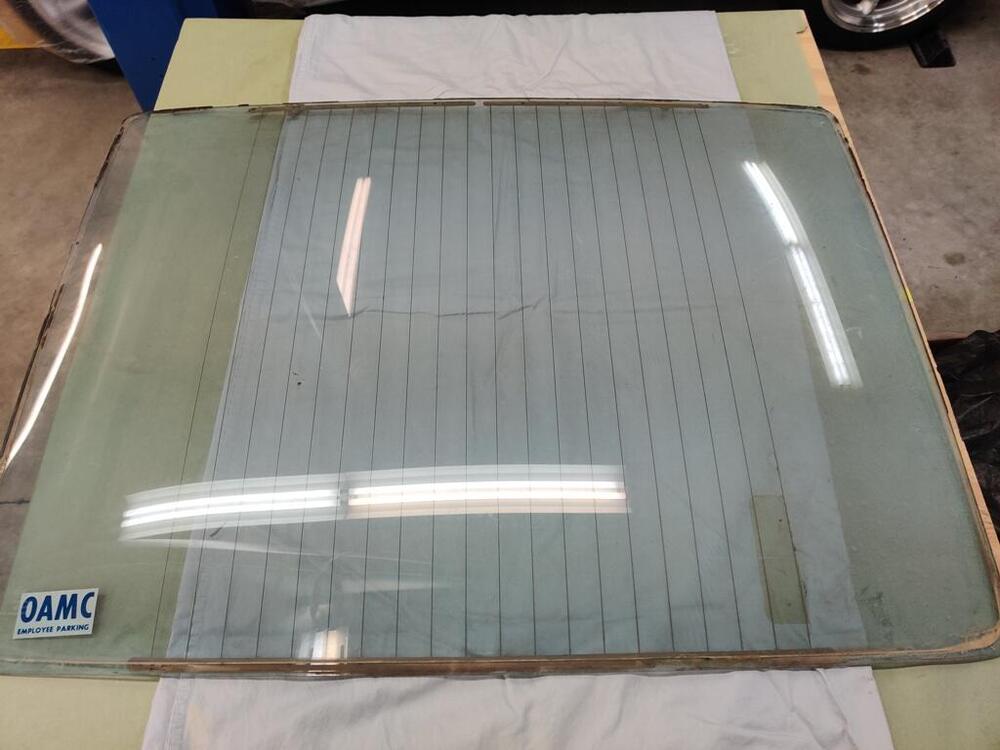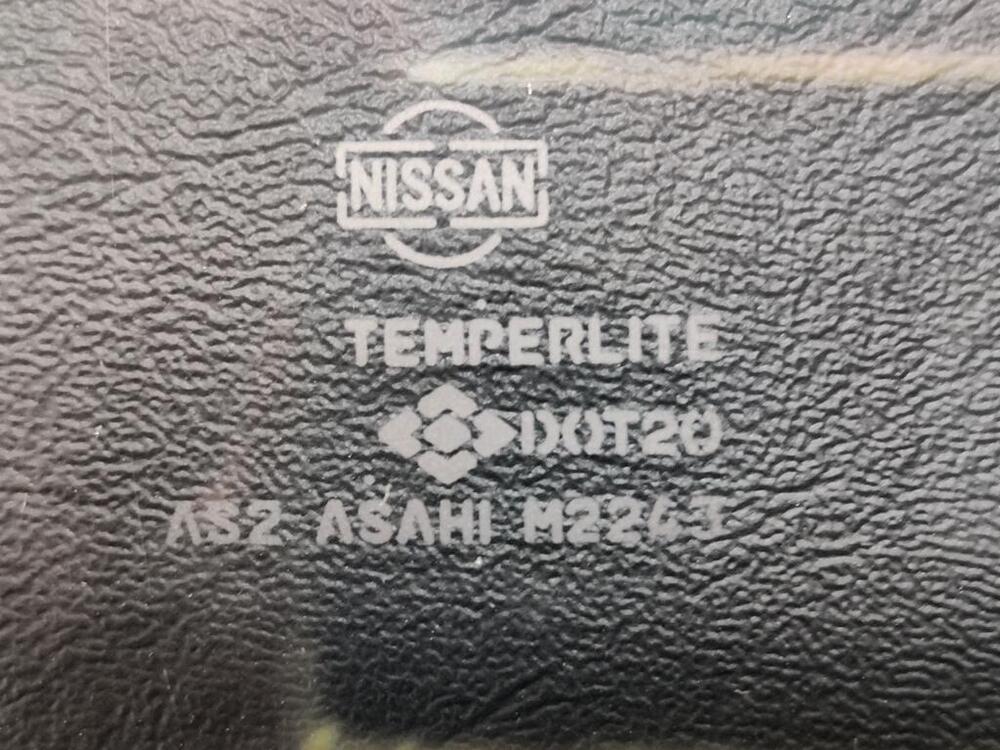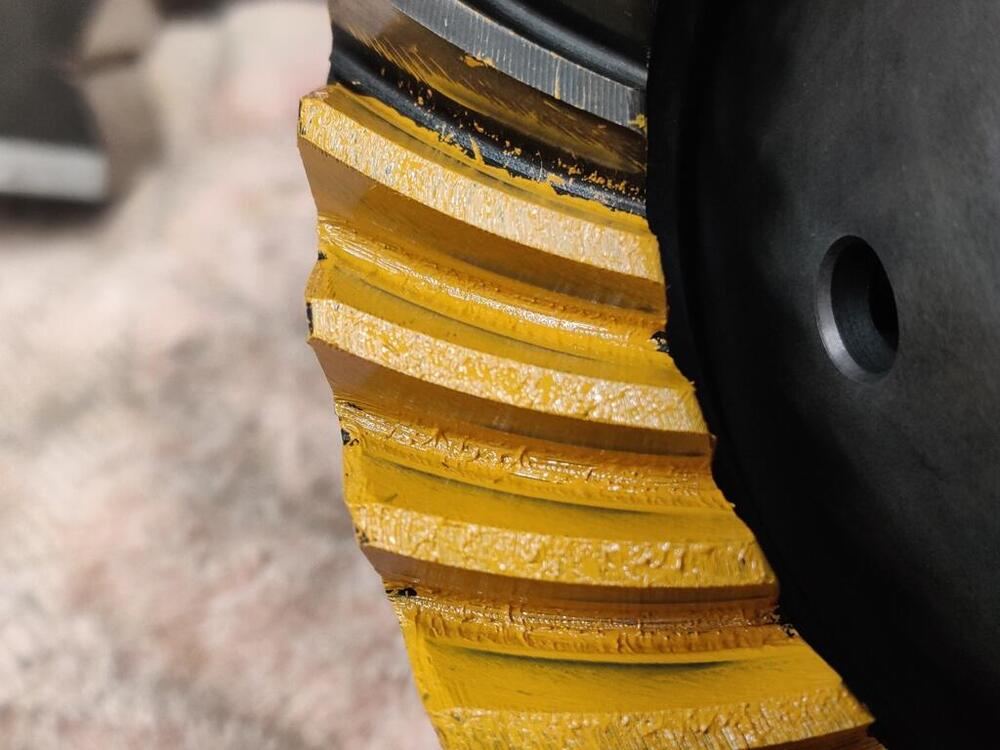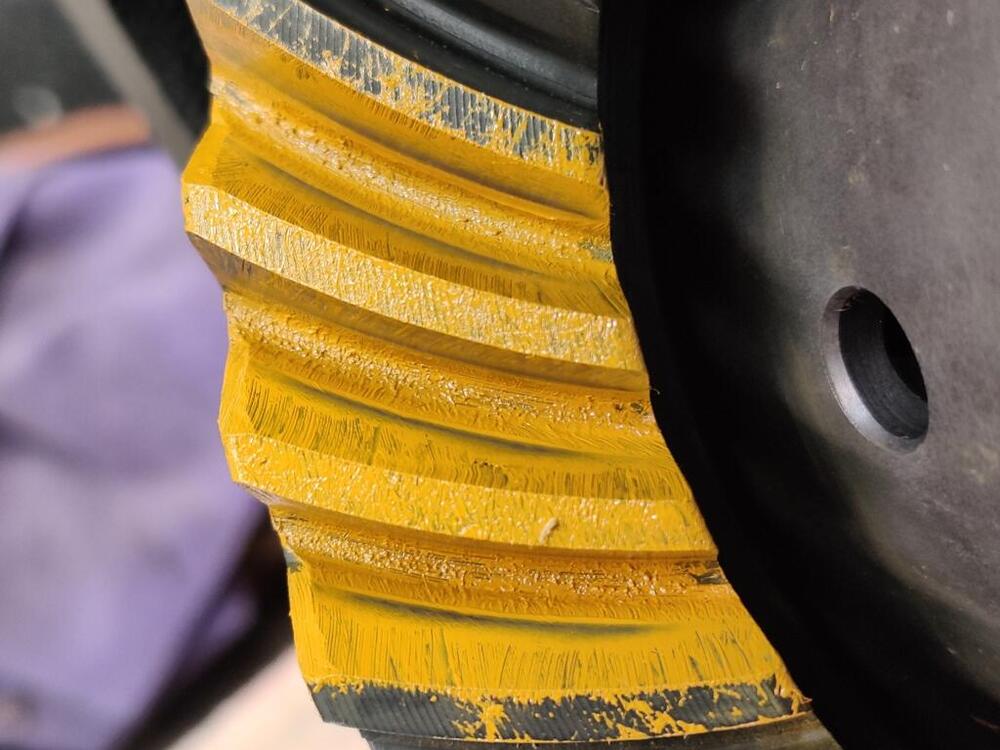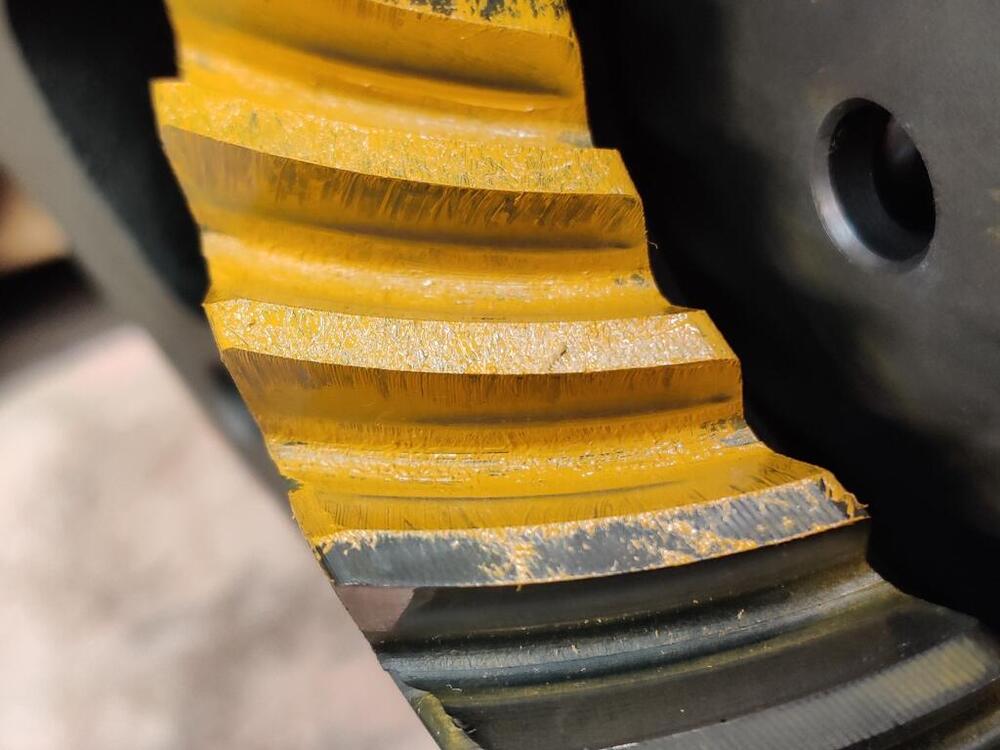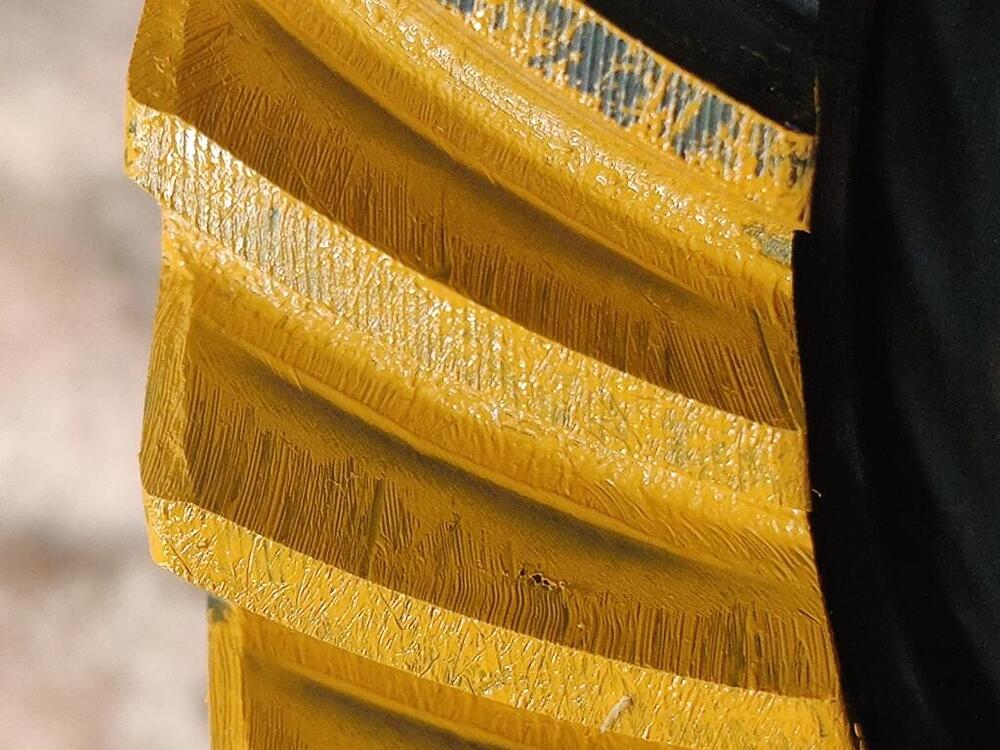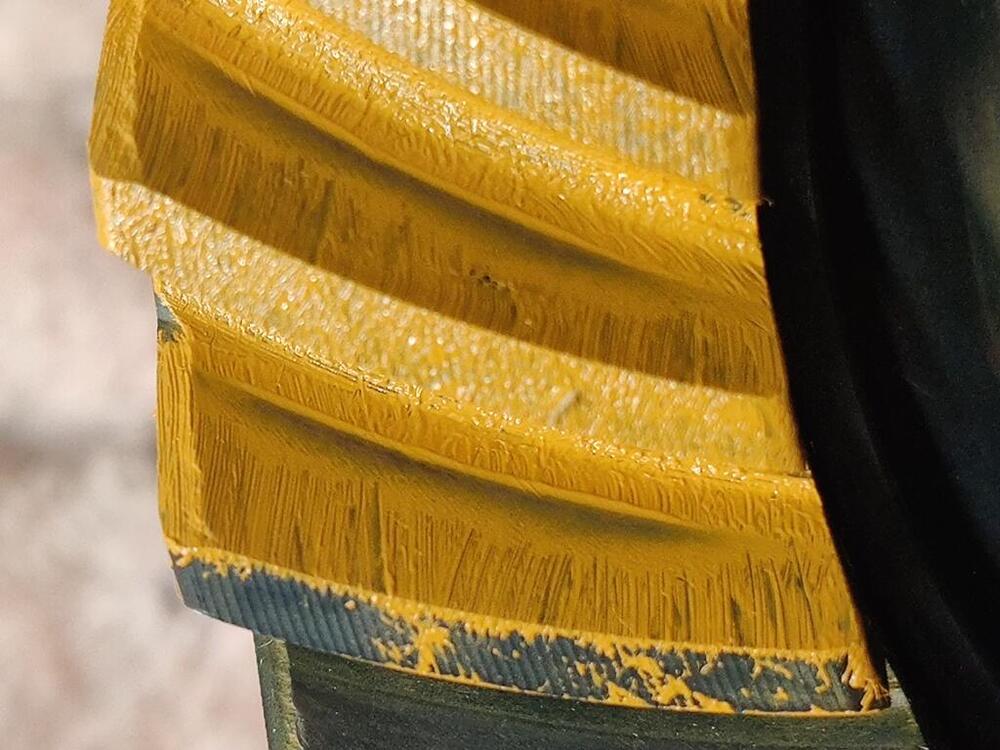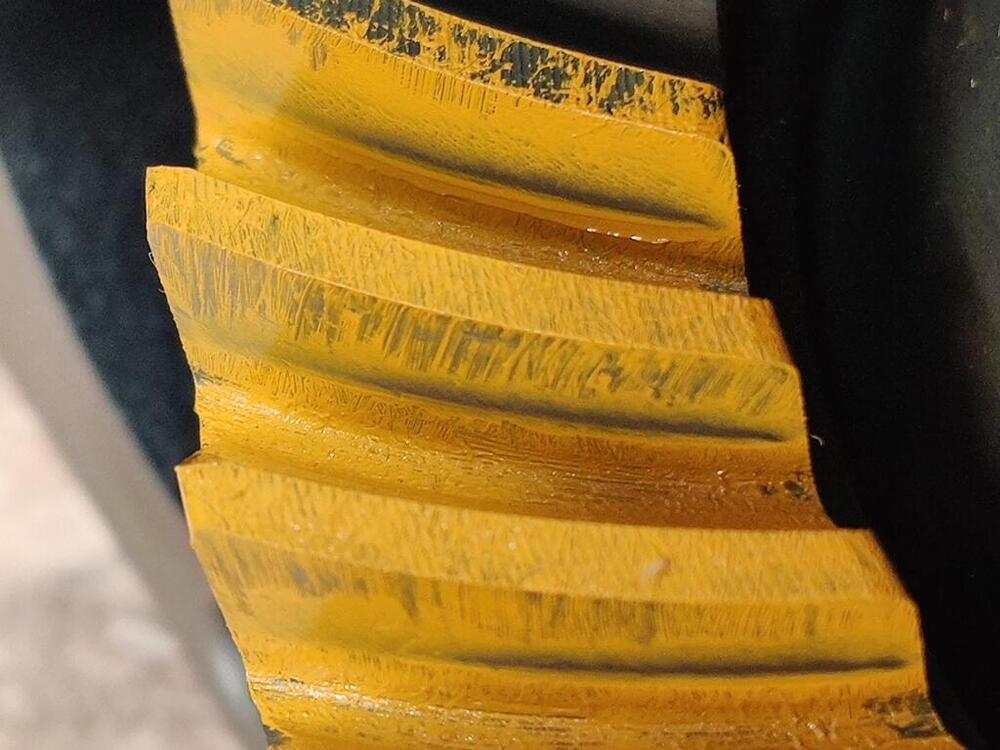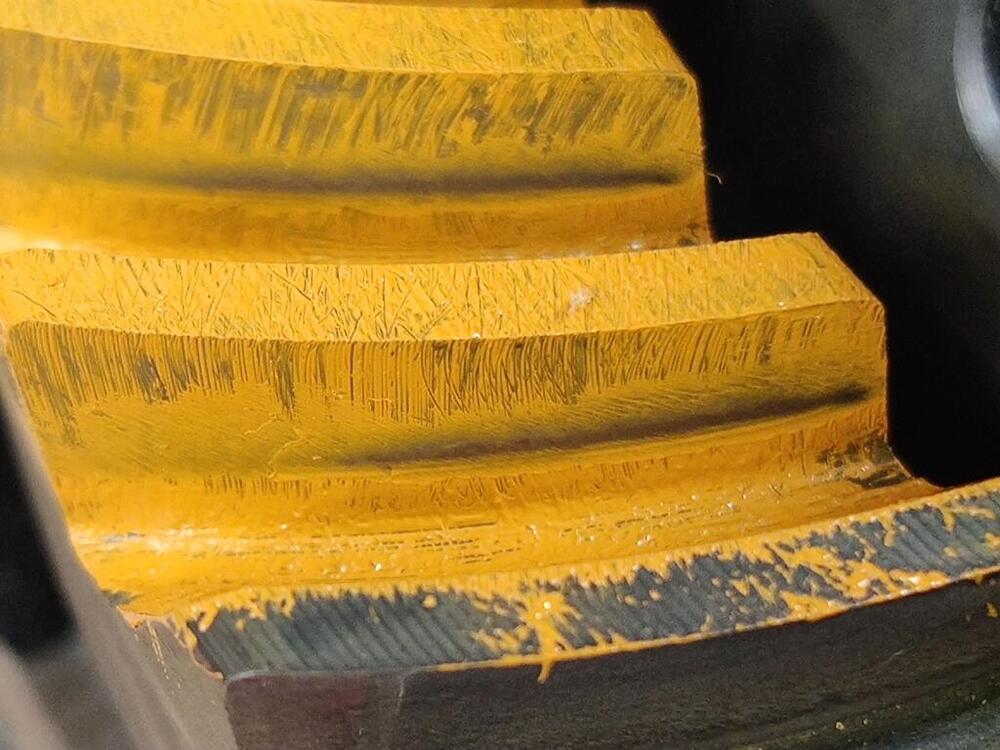Everything posted by inline6
-
Best Starter Motors replacement
Nice - had no idea these existed. @Av8ferg I know you said you are looking to replace it, but the clicking... and banging on it with a starter... could just be the solenoid. Finding one at a suitable price and the work to replace it may be more than you want to take on - I understand. Having rebuilt my own starter not long ago, I realize that there is a certain amount of work that goes into rebuilding them, and assuming that was done... it might be a waste to chuck it without cracking it open to have a look. Or... it might be wise to just move on. It is nice to know that these new options exist.
-
Z's on BAT and other places collection
Facebook. In their infinite wisdom, they make it hard to copy a link.
-
Z's on BAT and other places collection
May already have a buyer in line - but this is a killer deal: 4XXX VIN, white on black. Appears to have original radio, early brake rotors, valve cover, steering wheel. Appears to have little rust. Appears to not have accident damage. Key parts of original interior are there but possibly in rough condition (center console, seats, ash tray, etc). $3000 - looking for in person transaction in Phoenix AZ.
-
Restoration of BringaTrailer 240z - HLS30-35883
I have found many things in your build thread to be helpful! I will look through again for that. Thanks.
-
Restoration of BringaTrailer 240z - HLS30-35883
Thank you - very kind of you to say! Today, I picked back up with gluing interior pieces. Spraying glue is not something I have much experience with. So, I was nervous about installing the new headliner in the car. For example, I don't really know the right amount of glue to apply. Too little, and it might stick for a while, but fail later. Also, there is an amount of drying time that is important. Depending on the size of the piece being installed, you may have to wait a length of time, as the adhesive doesn't stick well when it is too wet. Or, if the piece is very large, you don't have to wait long at all, as it took some of that waiting time to apply the glue to the large surface area. There is a window of time where the glue transitions from wet... and a "tackiness" develops. After more time, the adhesive feels dry to the touch. And yet, if you put two pieces with seeming dry adhesive together, they can stick immediately... and not allow for pulling apart for "re-alignment". Over the past two days, I have found that waiting is necessary, but the pieces should be assembled when the glue is still at the "tacky" stage. At this stage, you can pull it apart and reposition a bit. If you wait until it is dry to the touch, then when you put the pieces together, they stick pretty strongly, and it is not going to go well if you try to reposition things. With all that weighing on my mind, I worked on cutting foam and vinyl pieces for the windshield header and side panels. I carefully examined the old foam and made new pieces that matched the thickness, width and length. Because some of the original pieces were only about 1/8th" thick, I bought that thickness of replacement foam. To match the thickness of the other original pieces, I stacked new strips of 1/8" thick foam, using just small amount of glue brushed down the center of the strips so they would stick together. From the old pieces, you can learn things, so you should keep them until your new pieces have been installed. For example, by looking at these indentations in the end of the old foam, I was able to eliminate any question about the correct location of the foam on the inside frame. I was also able to determine where there was overlap of original foam pieces. And that helped me locate the a-pillar piece of foam on the car in the same place as it was done by the factory. This foam compresses with very little pressure. While stacking 3 pieces high was a bit thicker than the original, it compresses easily, and will compress to the proper thickness when the vinyl is pulled and stretched over the foam. After getting the grey foam in place on all three sides, I masked off the frame area as described in the how to Restore you Datsun Z car book. Then, I took a moment to organize things so I could spray the inside of the roof of the car, and the back of the new headliner, and install the headliner in the car. When masking the rails, I made sure not any part of the rail surface was exposed to catching any adhesive. Even a tiny portion of the edge of the frame, if exposed, will subsequently collect some of the spray on adhesive. And it will become a problem when you go to position the adhesive covered back surface of the headliner in place. A touch of cement on the frame, if present, will touch the cement on the back of the headliner and "bite", causing difficulty with getting the headliner, up and over... and subsequently tucked behind the frame edge. Speaking of tucking behind the frame, I used a large plastic body filler spreader, which turned out to be a great tool for the job. There was a fair amount of force necessary to get the headliner to go from outside the frame to squished... and then, using the edge of the spreader... pushed inside the gap between the outer panel and the roof structure. The "extra" headliner material has to flatten out (behind the frame, hidden from view). Again, I was very happy when, like the gluing operation to adhere the vinyl to the foam to make the headliner, the installation of the headliner also went well. There were a couple of nerve racking moments, and 3/4 of the way through getting the edges tucked behind the frame, I was feeling some fatigue in my arms and soreness in my back from getting poked by various "not soft" parts of the transmission tunnel. From there, I started the next project: to install new vinyl onto the windshield header (front portion of the roof frame) and the side panels (side portions of the roof frame). I found it best to do things here different than Wick Humble's guidance. I was able to use a small brush and only apply adhesive to the underside of the back weld flange of the header. I let that dry a bit, and then positioned the header vinyl directly on that adhesive. I didn't use the welting at all, initially. The vinyl was simply hanging down from the back edge of the header, across the header's full width. Then, I aligned the white dot on the welting with the center of the header. I pushed the unglued portion of the header vinyl upwards and pushed the welting onto the back edge of the header, forcing the vinyl to tuck between the new headliner and the frame. The glued part of the header vinyl did not move as I did this. Only the non-glued part squeezed between the new head and the frame. At this point, the header vinyl is held captive by the welting, and it is ready to be pulled forward, and out through the windshield opening. It will need to be pulled with a good amount of force so as to compress the foam that is on the header, and create a tight, wrinkle free finished appearance across the entire header panel. And that has got me thinking... I don't know how in the world they did that at the factory - keep a lot of tension on the vinyl covering the header panel. The way the windshield goes in, the windshield gasket tends to push the vinyl on the header backwards. If the glue holding the front of the header vinyl were to not hold firm, the vinyl would be pushed back somewhat, allowing the header vinyl to relax... and be loose. If that happens, the finish look is not going to be nice, and who wants to pull a windshield BACK OUT, just to fix a loosely fitting header vinyl? I am not sure how I will proceed. But, I am thinking about buying a whole bunch of these, which I have seen other people use on other car restorations. I think I will need to apply the glue, and wait for it to dry... more than I have been, so that it will have the most strength possible. And then, I will pull the vinyl a good bit to the get material tight, and wrap it around the windshield weld flange, and clamp it in place very tightly to keep it from slipping back and causing a loose fit. And the glue will need to dry for at least 24 hours before I attempt to install the windshield. So, that is what I am thinking. Anyone else have luck using a particular technique?
-
Original Distributer Cap Color
A while back, I heard that the original distributer cap was grey. Going off of that and a poor quality picture on BAT, I was able to find a grey YEC branded cap, but didn't know if it was close to the correct color. Today, I found a picture of an original Hitachi distributor cap: Putting that here for reference for others.
-
Restoration of BringaTrailer 240z - HLS30-35883
The vinyl is "Ottertex", and it is sold in a few places. I got mine from fabricwholesaledirect.com. It is 54" wide and sold by the running yard. I bought three running yards because it was so inexpensive - it was only $9.99 a running yard. To ship it, they folded over and over into a square. When I got it, I immediately unpacked it. The folds and creases were visible even after I spread it out on a floor. Then, I rolled it up onto and existing roll of foam material that I bought previously. This was a few days ago. Yesterday, when I unrolled it from the foam, the fold lines were still visible. So, before gluing it to the foam, I used a steamer to relax the vinyl in those areas. It helped, but they were still visible. I was concerned that they would be visible after gluing. I was glad to see and very relieved that they disappeared when I glued it to the foam. Hi res photo: I think I am going to switch to this vinyl for the A-pillars and windshield header because it looks more like the original than the vinyl I bought previously.
-
Restoration of BringaTrailer 240z - HLS30-35883
I spent many hours searching the internet and looking at vinyls, and I am pleased to have found a vinyl that looks similar to the original one for the headliner. I wasn't able to salvage my original vinyl, however, I think the headliner I made today looks quite similar. Original: As I said before, unfortunately, I wasn't able to glue the old vinyl to new foam without getting a lot of wrinkles: Unlike the old vinyl, the new vinyl has a cloth backing which makes it lay flatter and makes it stronger. I sprayed the contact adhesive out of a gun similar to a paint gun. The gun was purchased for doing this and it worked very well. The new vinyl: The finished product: While I had adhesive in the gun, I installed the new fire wall pads. I will put up some pictures of those being installed tomorrow.
-
[2024] What Did You Do To/with Your Z Today?
Good to know. I am concerned about the area where I welded on my gas tank. I chose to remove a "drain" that was added by the shop that cleaned and coated the inside of my tank. Though I believe I got it air tight again, I fear it may develop a leak in that corner of the tank. It is good to be aware of options.
-
Dave W 1971/240Z rebuild
Much of that looks similar to my process. My sanding utilizes those same grits. What is most different is the second pad, and DA. I use a rotary buffer for all three buffing stages. I use Meguiars Diamond cut M8532 with a lambswool pad. Then I switch to M8332 with a Meguiars yellow foam pad. At the end of this stage, the paint typically looks good enough to call it "finished" from just a few feet away, but there are typically some very light "swirl" marks if you look at it in the right light, or if you wait a week and look at it in direct sunlight. I don't see "light scratch" imperfections going in various directions at this stage. And for the final stage, I use Meguiars number 7 on a Meguiars black foam finishing pad. I have found this stuff to be excellent at removing the last evidence of any kind of buffing or swirl marks. I also use it for final polishing of plastic parts like light tail lights and the clear dashboard instrument lenses. I didn't wet sand and buff my current restoration project, but I have used the above process many times and the resulting finish is without flaws.
-
[2024] What Did You Do To/with Your Z Today?
Thanks. Looks like currently $625 + $165 shipping.
-
Dave W 1971/240Z rebuild
Hmmm. Are those in the clear coat only, or showing up from underneath the color coat and transferring to the top surface? What is your process starting with fresh clear coat that is ready to sand? Sanding with different grits? Wet sanding only? Buffing with different compounds? Changing pad type as you change compounds?
-
[2024] What Did You Do To/with Your Z Today?
Comes from overseas, right? How much including delivery?
-
Parts for Sale: 16 X 7 zero offset Panasport Wheels (two) - great condition
View Advert 16 X 7 zero offset Panasport Wheels (two) - great condition I have two of these for sale along with two new old stock center caps. The wheels are in great condition. One of them has a light scrape on the outer edge, which I dressed lightly with a file (pictures of before and after included here). It is about 1/2" or so long. A couple of paint chips here and there. They still have the stickers on them from new. The wheels are boxed up and ready to ship. Price is $450 plus the cost of ground shipping to you. Advertiser inline6 Date 02/08/2024 Price $450 Category Parts for Sale
-
1971 HLS30-14938 "Lily" build
Hmmm. I wonder if it is a permissions thing. I will have a look to see if I can resolve. Evidently, there are no permissions levels that are suitable to allow others to expand the sections. So, I have opened them all up.
-
Quaife LSD Installation in R180 - With Questions About Installation Also
The contact patterns are looking very close to optimal to me. I think I need to experiment with something between .015" and .020" of extra shim thickness to see if I can move the patterns on the drive and coast side to be closer to the same contact area on the tooth. Right now the coast side is a bit more towards the heel and the drive side is a bit too close to the toe. I hope pressing the bearings on and removing them from the pinion gear this many times is not causing any issues.
-
Quaife LSD Installation in R180 - With Questions About Installation Also
Another round. This time, I only shuffled some side flange shims. I removed the .3 mm from the left side and replaced it with a .2 mm. Then, I swapped out the .4 mm on the right side for a .5 mm. So, the right side has 2 .5 mm instead of a .4 and .5 mm. So, with the OEM shim, + .020" of extra shims and the side flange shims as just described, the back lash was a touch over .006". I put the marking compound on thin again with brush strokes the same as before: One pic showing wipe patterns on both sides of the ring gear teeth: And the rest - note that beyond the obvious displacement of the paint that reveals the tooth surface, the brush strokes are "erased" further out, indicating possible tooth to tooth contact there (or super close proximity) as well.
-
Quaife LSD Installation in R180 - With Questions About Installation Also
That is the one I got.
-
Restoration of BringaTrailer 240z - HLS30-35883
@dutchzcarguy - I measured 3.4 ohms of resistance. Yay! Tonight I put my focus on testing fit of the front bumper. I made note of asymmetric fit a long time ago and though I worked on it some to address that at the time, I want to resolve the issue completely before sending it off for re-chroming. While it looks pretty close, the bumper curve matches the curvature of the body on the the right side well and on the left side not as well. Those two picture show the difference pretty well. The curvature of the bumper on the left side of the bumper is less than the curvature of the body, causing the bumper end to stick out a bit. I double checked the left vs. right center alignment of the bumper. It is within an 1/8th of an inch of being centered. I checked the bumper mounting brackets for symmetry and that is good. So, I will see if I can work the left bumper end a bit to tighten the curve. I think it likely that the upper and lower surfaces on that end just need to spread a touch further apart. Doing that should tighten the arc. I also have been working on the original rear bumper. Pictures don't really capture what the issue is. This car was tapped in the rear, and the center bumper bar was "re-shaped" a bit during that impact. In this picture, a new old stock bumper is on the left and the original bumper on the right. If you look closely, you will see some of the rear "face" of the original bumper (on the right), especially in the center of the bumper bar. It also has less curvature over its length when comparing to the NOS bumper. When it was hit from behind the center of the bar was twisted... downward. I have been working it to restore its original shape using the NOS bumper as a guide. Generally, this involves using my hydraulic press and some pieces of scrap metal which I use to clamp the bumper in place. Then I beat on it with a hammer to attempt to reverse the "twist" it has. I also use the scrap metal as spacers, and use the press to push on certain areas to work curvature back into it. When looking at the picture above, I will be happy when I can get that rear face to not be visible at this same viewing angle. The curvature also needs to be restored to mirror the NOS bumper section on the left. Both the original bumpers are quite rust free, so I feel they are worth the time and effort to straighten. I also want to get the shape right before sending them to the plater. Then, they can focus on banging out the little dents, and grinding and straightening to remove the surface imperfections. I will be sending the original rear and the NOS rear bumper pieces, and two front bumpers, as well plus one set of over riders for the front and one for the rear.
-
Quaife LSD Installation in R180 - With Questions About Installation Also
Perhaps. You can try taking close up pictures and using zoom to see if that helps.
-
Restoration of BringaTrailer 240z - HLS30-35883
Hmmm. I will give it a shot. It looks to me like 2 to 3 of the lines off to one side of the grid have small gaps, but the rest looks good. Having a working rear defrost isn't a necessity where I live, but it would be nice. The other glass has more damage: more scratches and some kind of metal looking rub mark on it that won't come off.
-
Restoration of BringaTrailer 240z - HLS30-35883
I forgot to mention that I spray Windex on the body of the car before putting the quarter windows in place. It lubricates the area so the rubber doesn't fight your attempts to compress it as much.
-
Restoration of BringaTrailer 240z - HLS30-35883
I was able to install the quarter windows this past weekend. I don't have quite enough door gap yet on the left side (last pic). I will let the weather strip that goes between the quarter window and the body compress a bit over a few days, and then attempt again to push it back a bit more away from the door frame. These windows can be difficult to install. I find the best way to do it is to angle the back part of the window out from the fully seated position, and secure the window with the two front screws first. Angling the back of the window out allows a bit more rearward movement. Once the two front screws are in, tighten them to snug while pushing the window back as far as it will go. You may have to push back pretty hard just to get the front bolts to align and thread. After snugging the fronts, push the back of the window inwards and thread the back two bolts in. Then snug those. If still too close to the door, wait a day or two and then loosen the screws, push the quarter window back further and retighten the screws. After I put these in, I shifted over to the rear hatch glass. I actually started cleaning up the wrong one at first. It was a spare that came with the car when I bought it. But, the etching showed July of 71, so I switched to the correct one, which shows May of 1971 (dot above P in TEMPERLITE (month) and S in ASAHI - year. A couple of tips for cleaning windows... Using a window scraper and fresh razor blades is very helpful to get the glass clean of dirt and grime. It will not scratch the glass not matter how aggressive you are with it. I find a razor blade is very effective for removing "rain spots" or other stuck on "hazing" from dried water. You may have to go over it many times, but it is pretty amazing how effective it is. For final cleaning of "hard water deposits" #0000 steel wool is the ticket. Again, the steel wool will not scratch the glass, and it is necessary to remove the final remains of hard water spots. Also, when you are trying to get the inside of the hatch glass that clean, you can't use a razor blade and scraper unless you want to gamble with damaging the defroster lines. Again, using the steel wool, you can go directly over the filaments. It does a great job of getting stuck on crude that cleaning does not remove. Finally, I wrestled with installing the rear hatch weather strip. I did not expect it to be so difficult, but after about an hour I was able to get it on, but was a bit worn out from the effort. 😁 I also made some notable progress with the issues I have been having with the differential. I am looking forward to getting that done, so I can install it and all the things that are being held up by it.
-
Quaife LSD Installation in R180 - With Questions About Installation Also
On Sunday, I took the diff back apart and reassembled it with .020" of additional shims instead of going back to the .015". The reason for the change? I just figured I'd learn more if I tried something I had not before. First, one pic showing the wipe pattern on both drive and coast sides at the same time with the .030" of shims: Note the wipe patterns are offset. You see it is to the left on the coast side and to the right on the drive side. Ideally, the contact would be in the same area on both sides of the teeth. Now a pic after switching to .020" of extra shims: Ha HA! This is better. With .020" of extra shims, and the .3 mm shim on the left and .4 mm and .5 mm shims on the right, I measured .009" of backlash. When I tried to switch the .3mm shim to the right with the other two, I noticed that everything was bound up as I was tightening the side flange bolts. I was careful to not tight them all the way as it was clear that I had zero backlash. So... I think I am very close to the correct pinion shim size now, but I am thinking I may need to alter the side flange shims a bit to get the backlash within factory spec. Time to order some more side shims to experiment with. More pics of contact pattern with .020" of extras shims - I have been putting the paint on thinner so it is easier to see the pattern:
-
Quaife LSD Installation in R180 - With Questions About Installation Also
I will never know for sure. However, I got the timing chain off by one tooth (it has a Kameari chain tensioner set up) and the valves contacted the tops of the pistons for a few minutes upon start up while it was like that. I corrected it, and went to Road Atlanta for a track day a week or so later. During the fourth and last session, I had a rod bearing, and then rod let go at over 100 on the main straight. That block had holes on both sides when I pulled it out. According to another Z racer, turns 6 and 7 do a number on cars that run there. He has an Accusump in his Z (and an 8 qt Nissan Competition oil pan like I was running) and he said he sees the Accusump "working" on that part of the circuit, meaning oil pressure is dropping under the high G load.




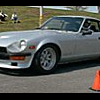
 Subscriber
Subscriber
